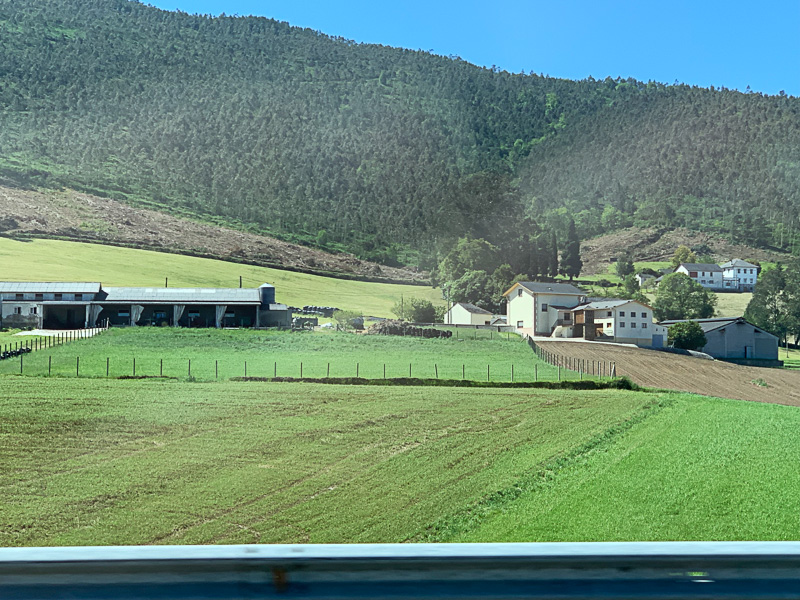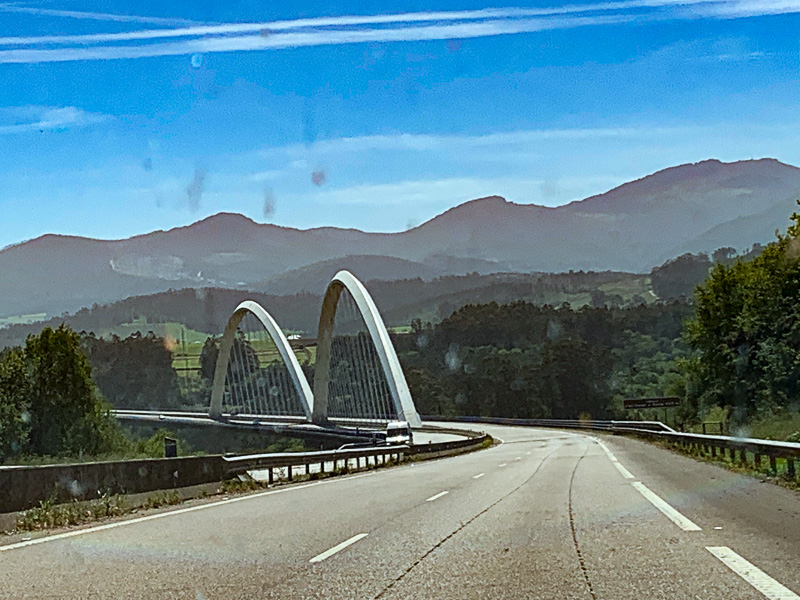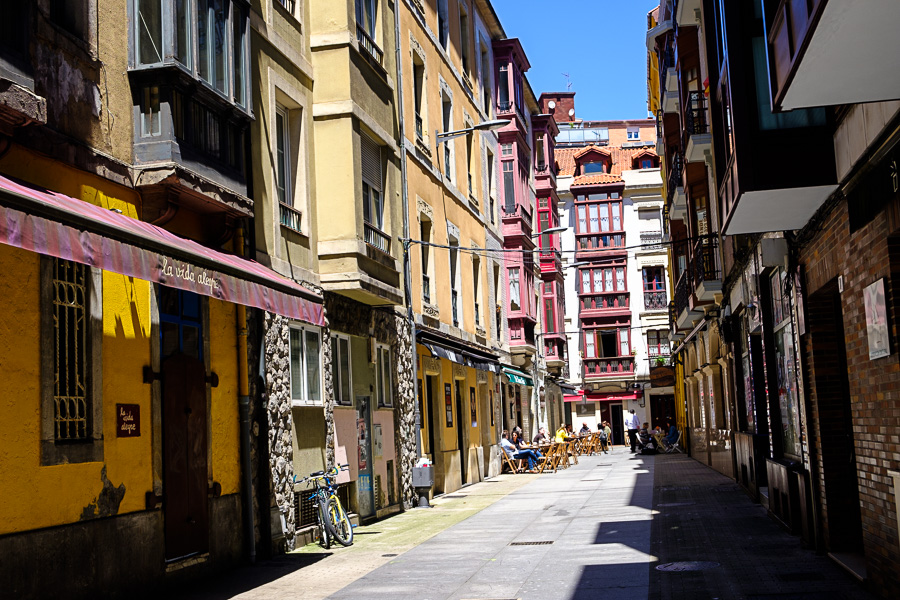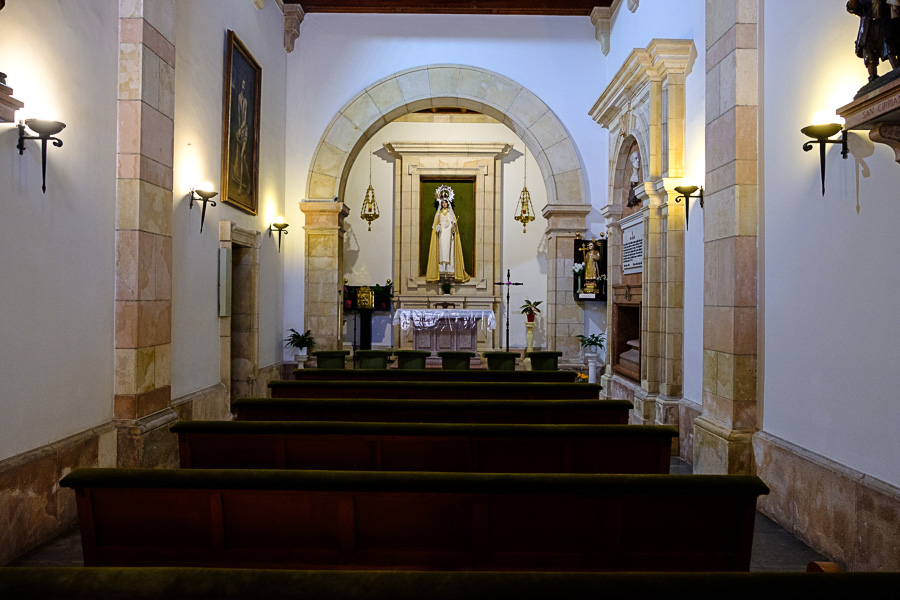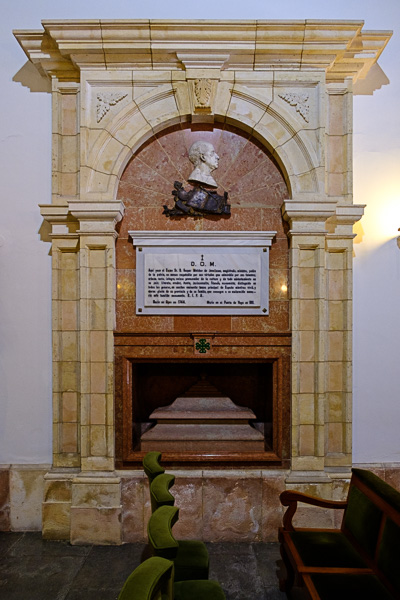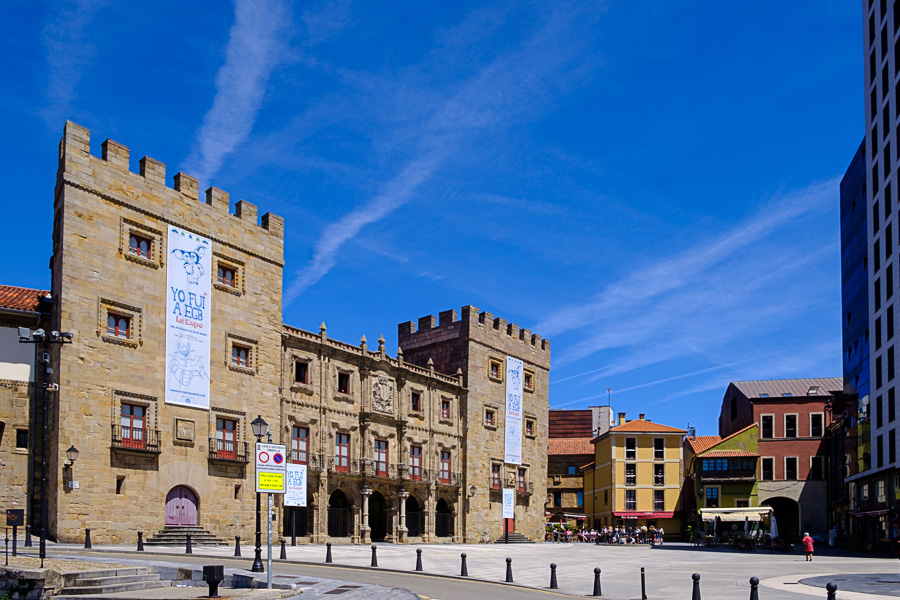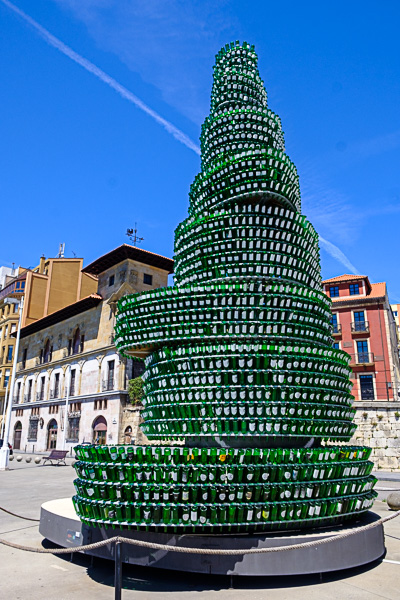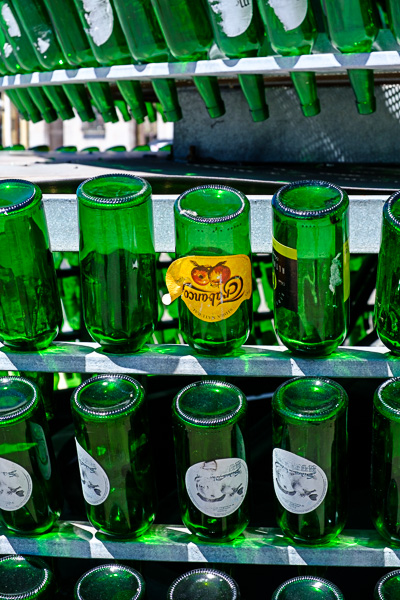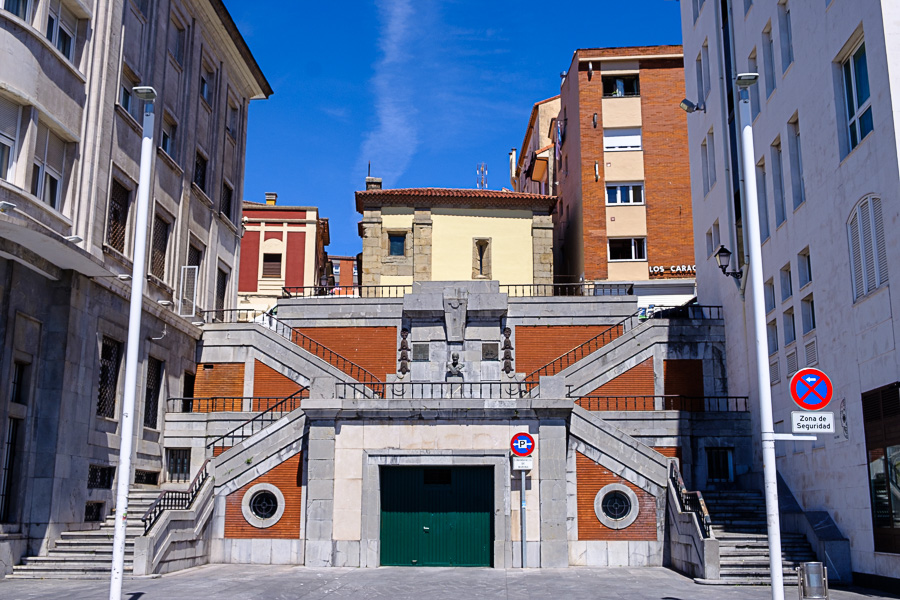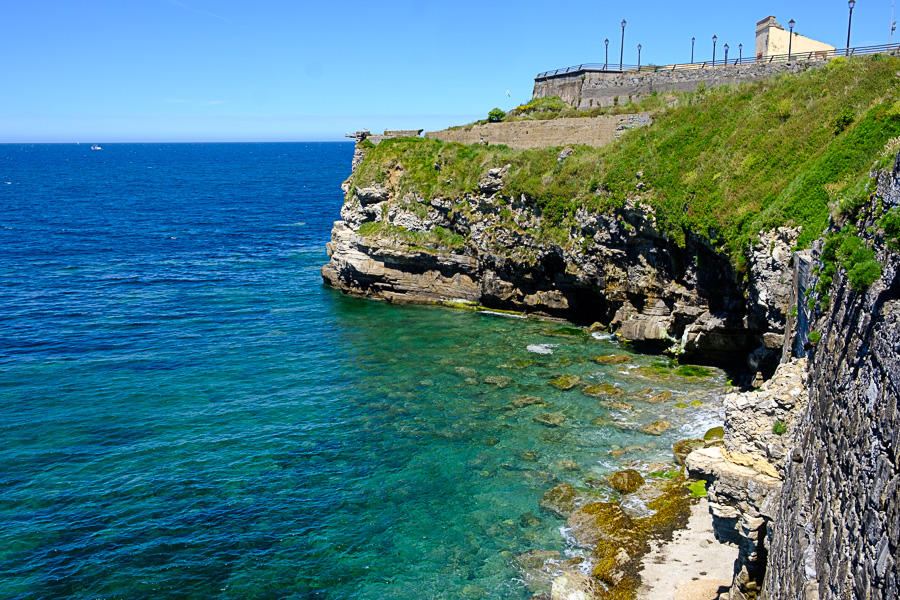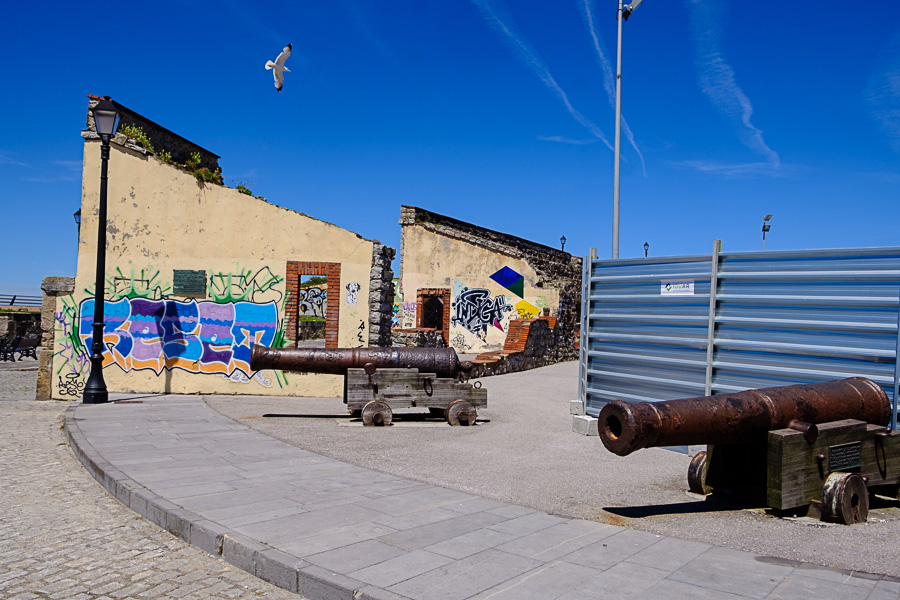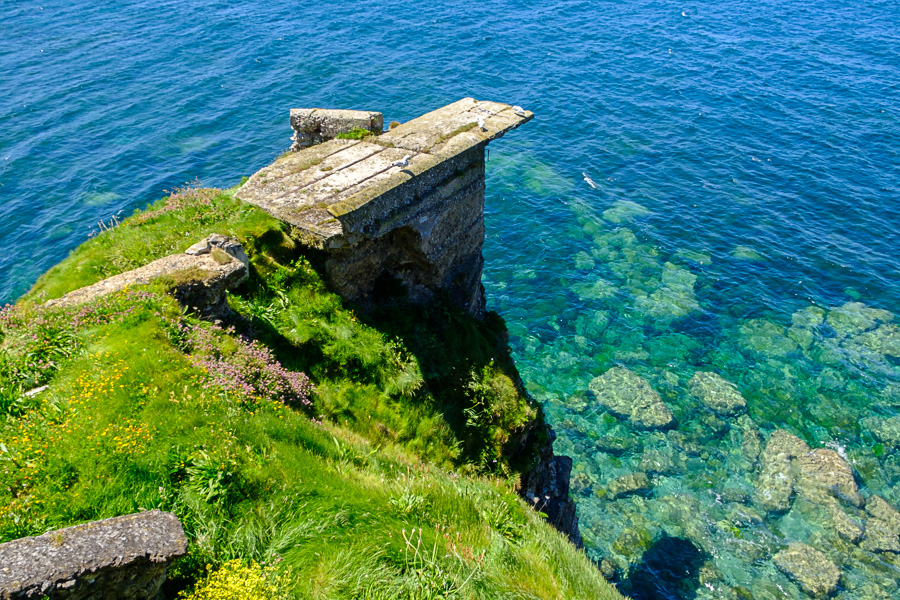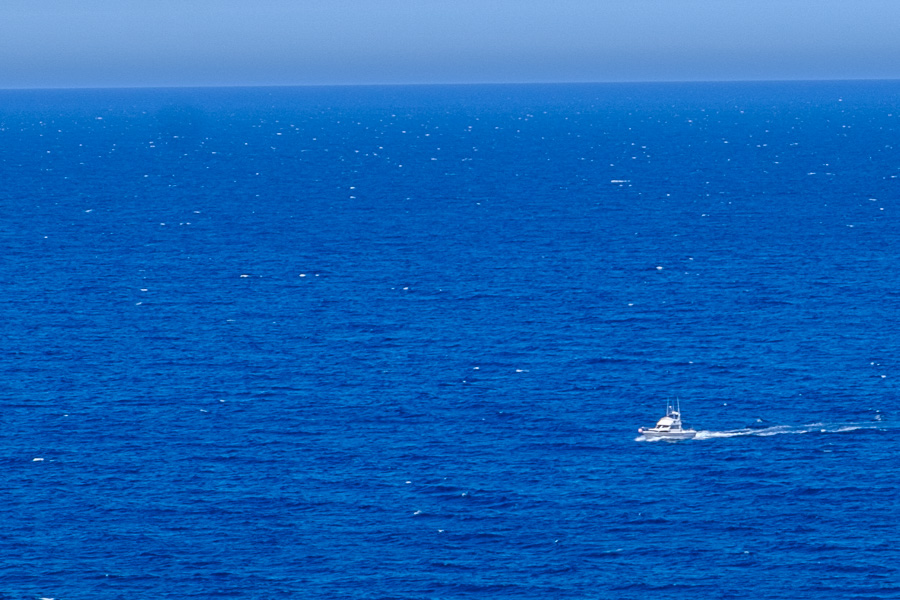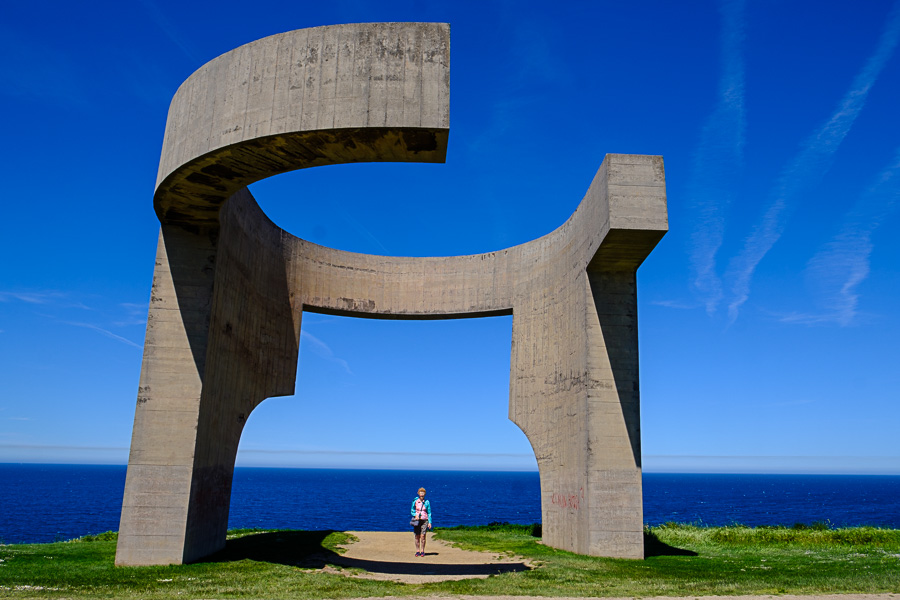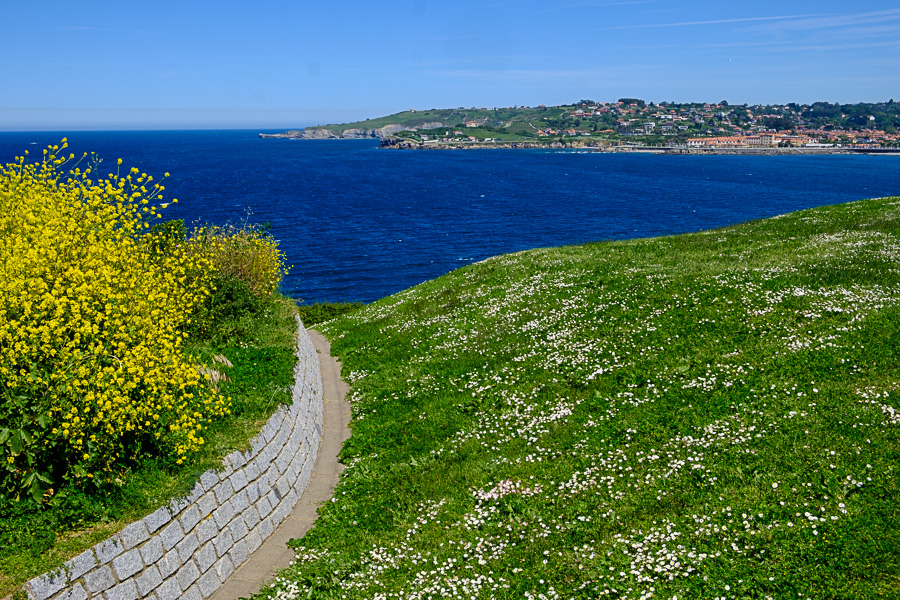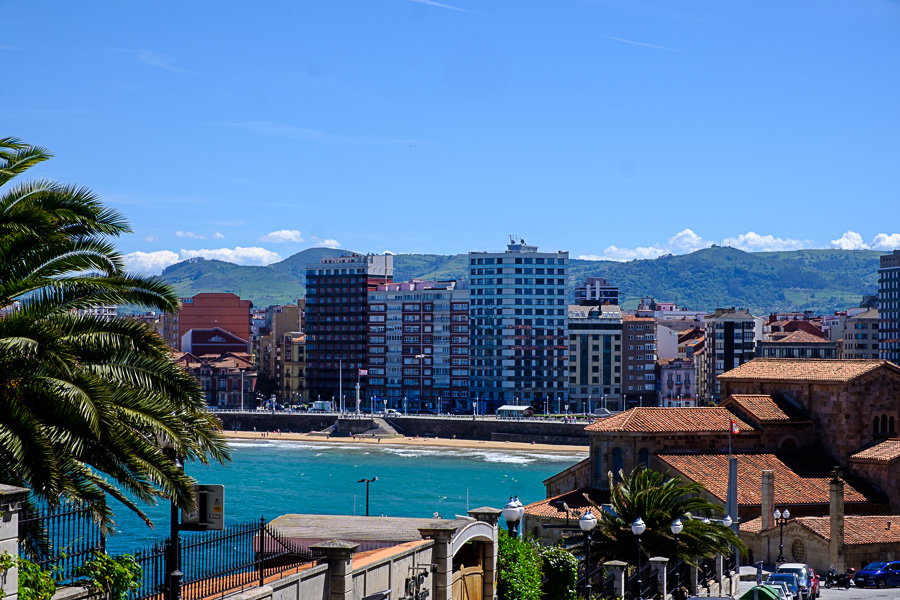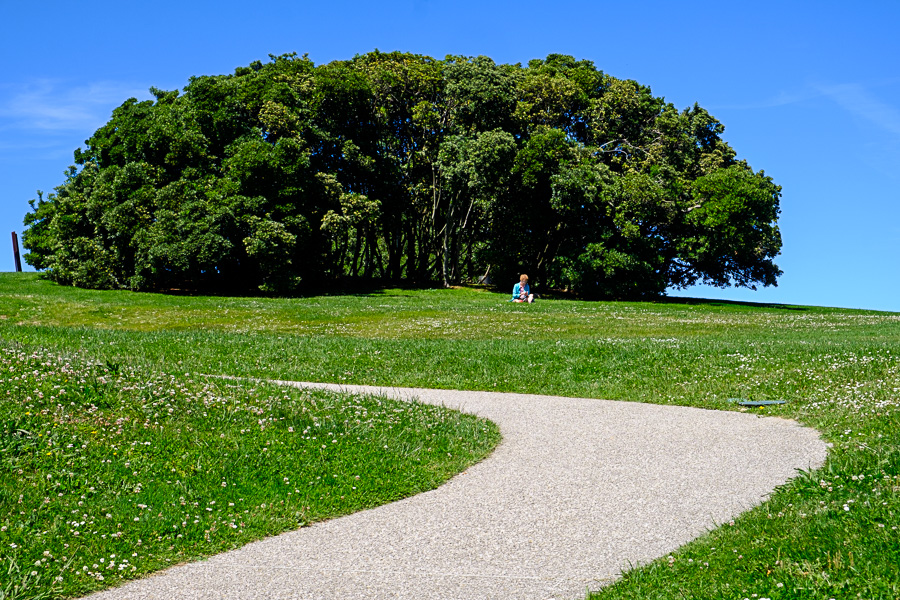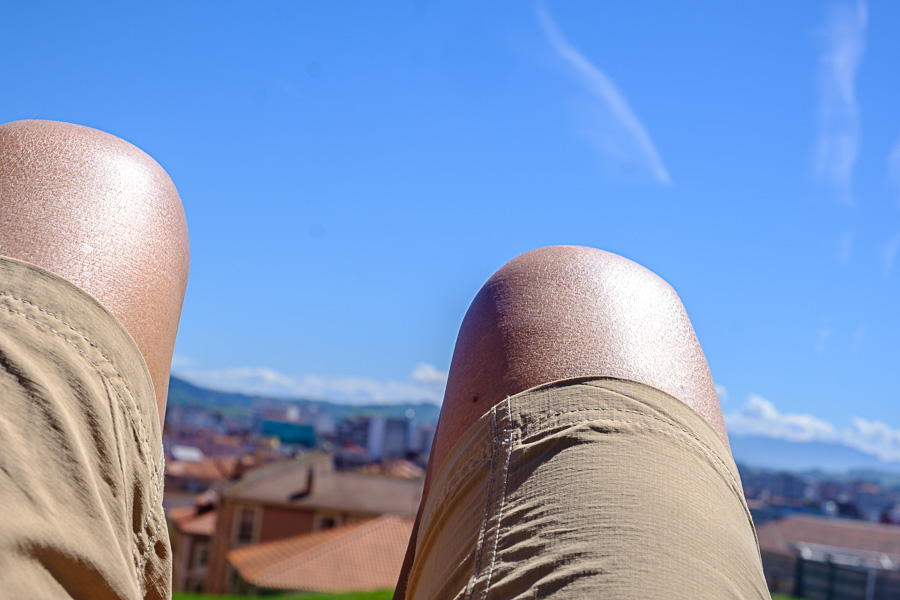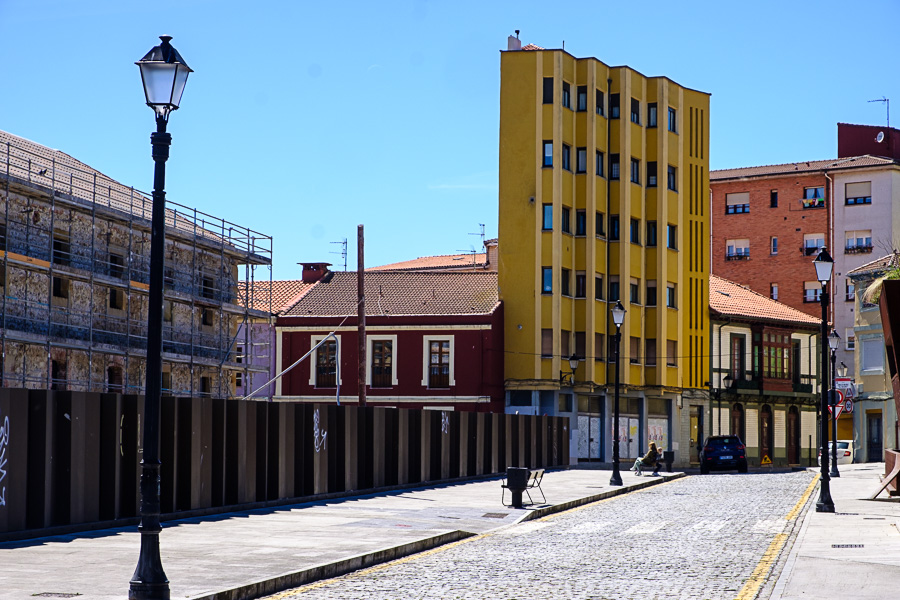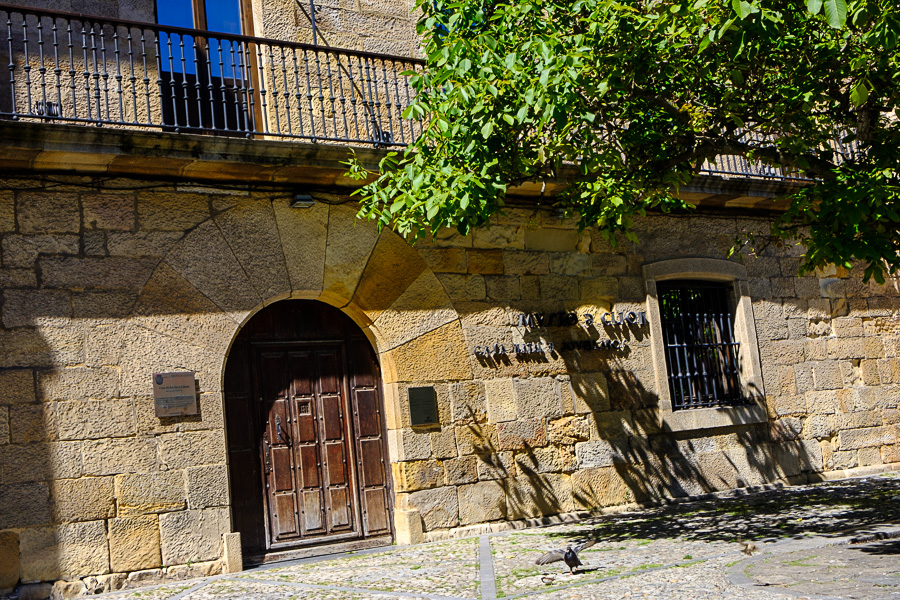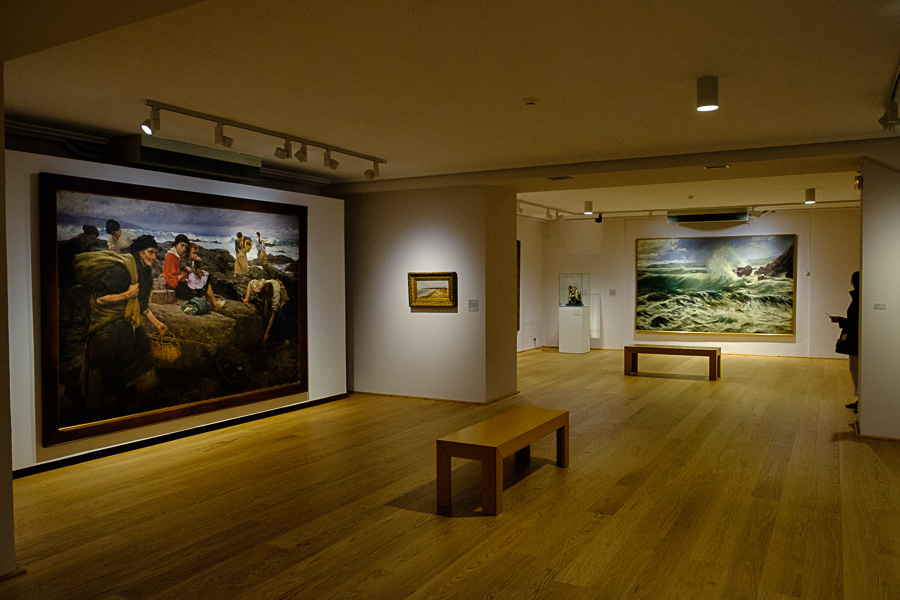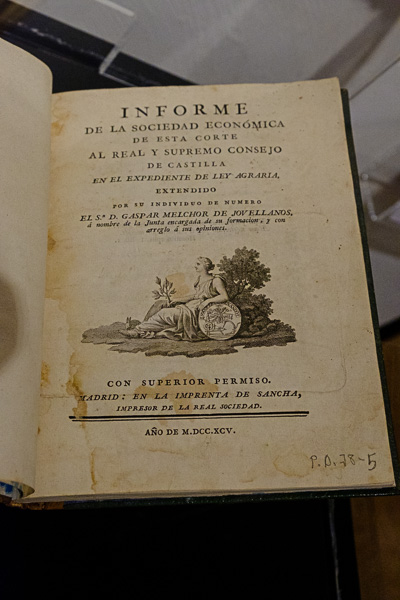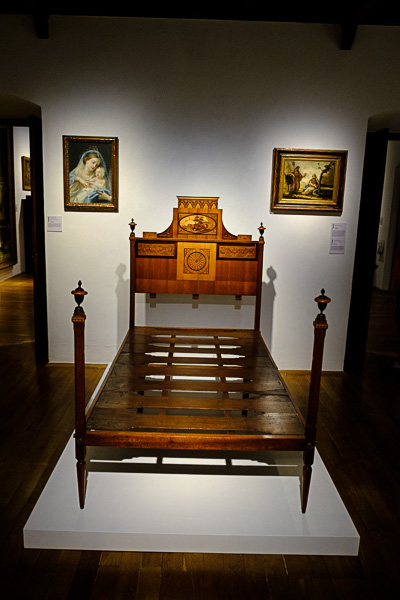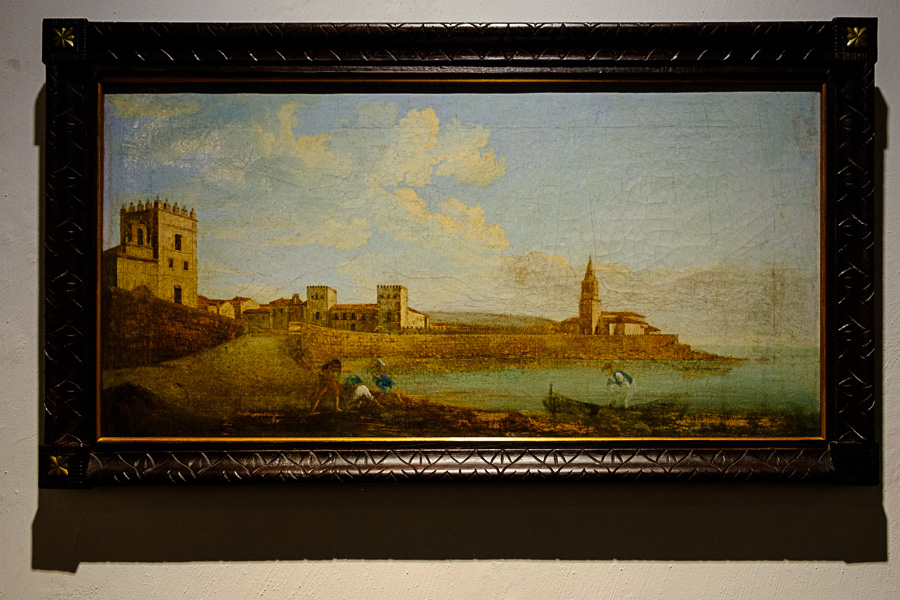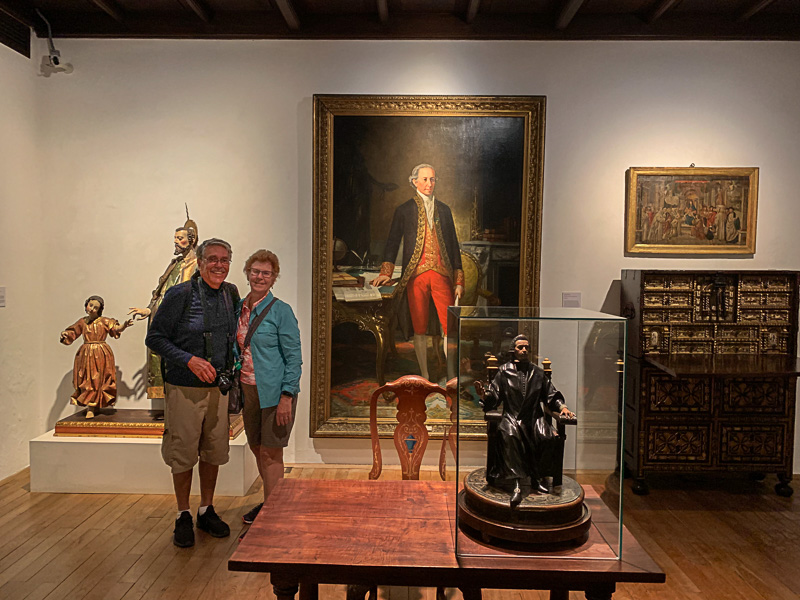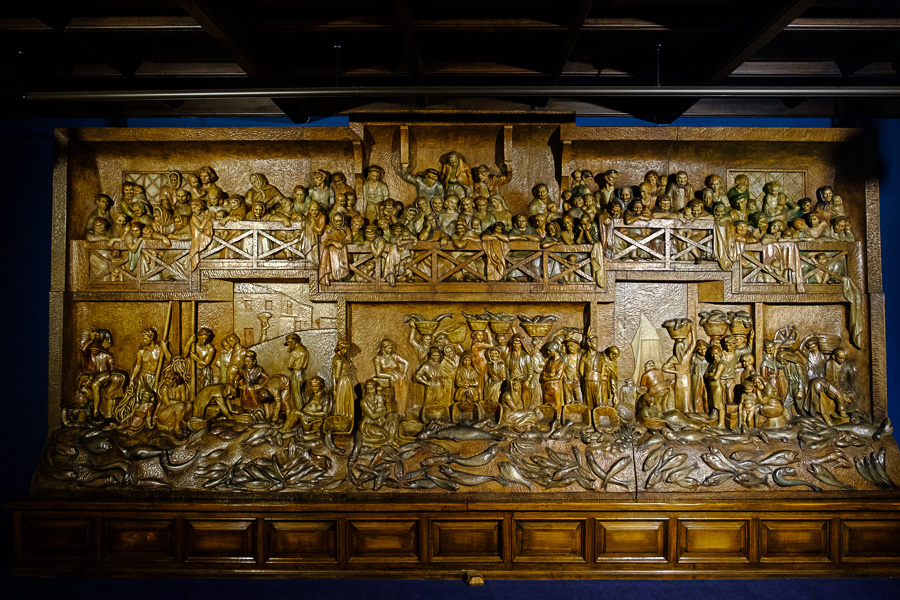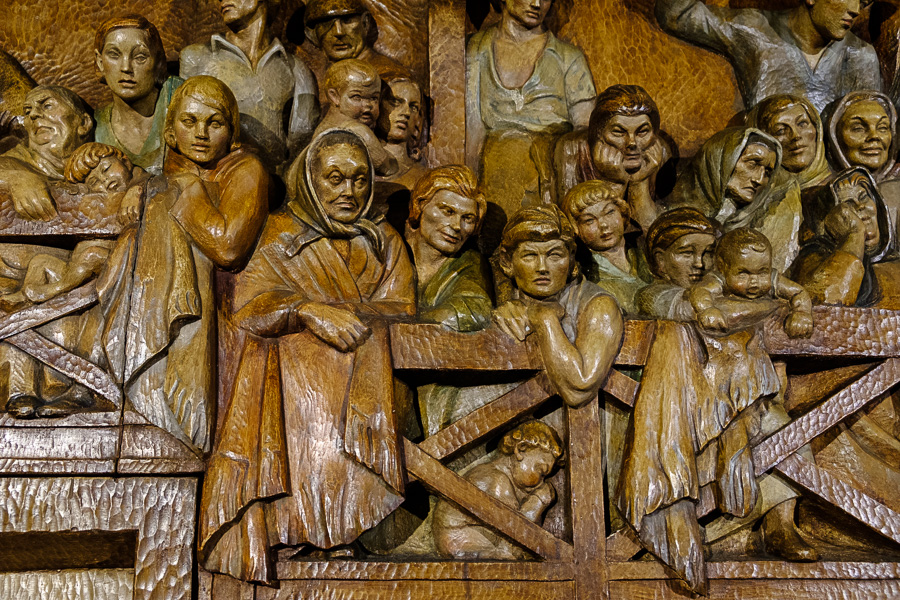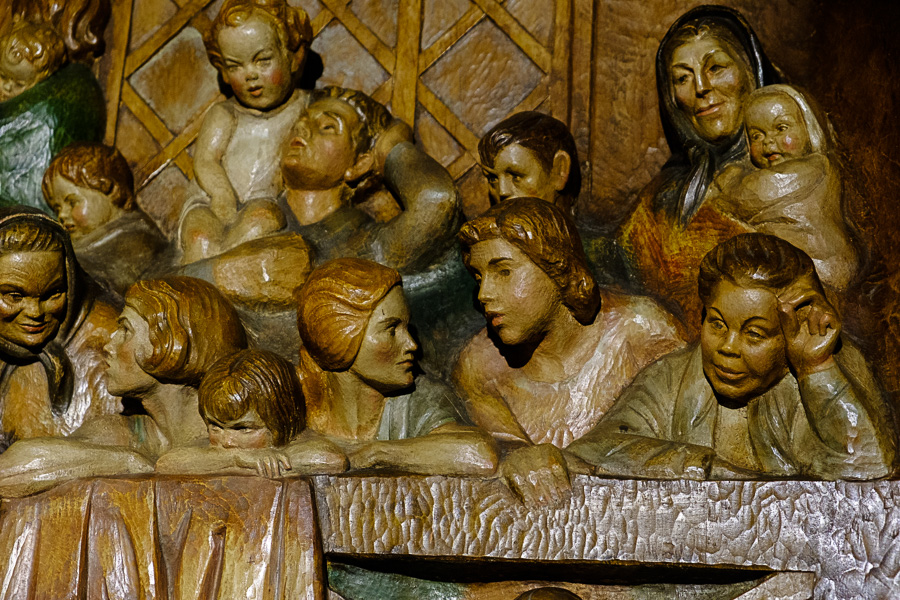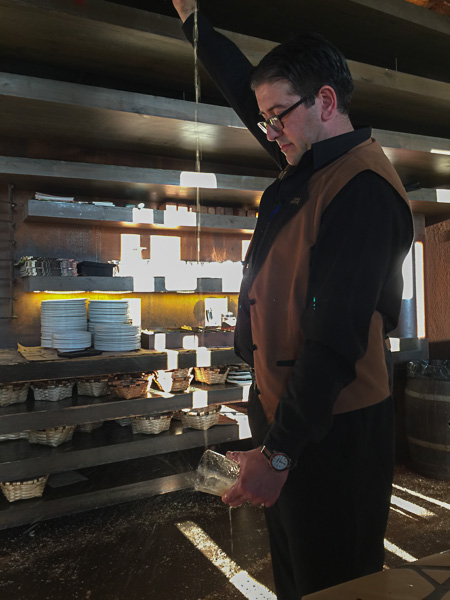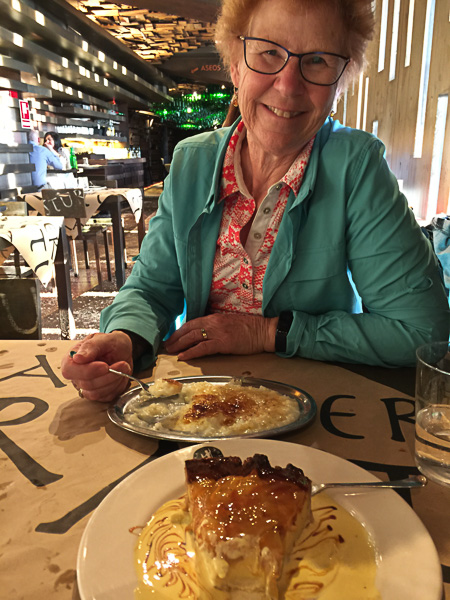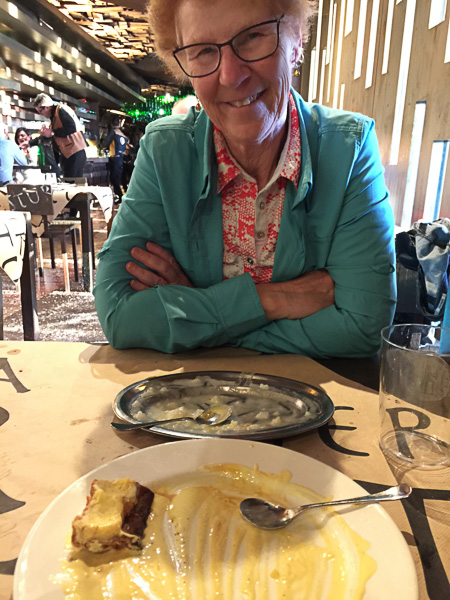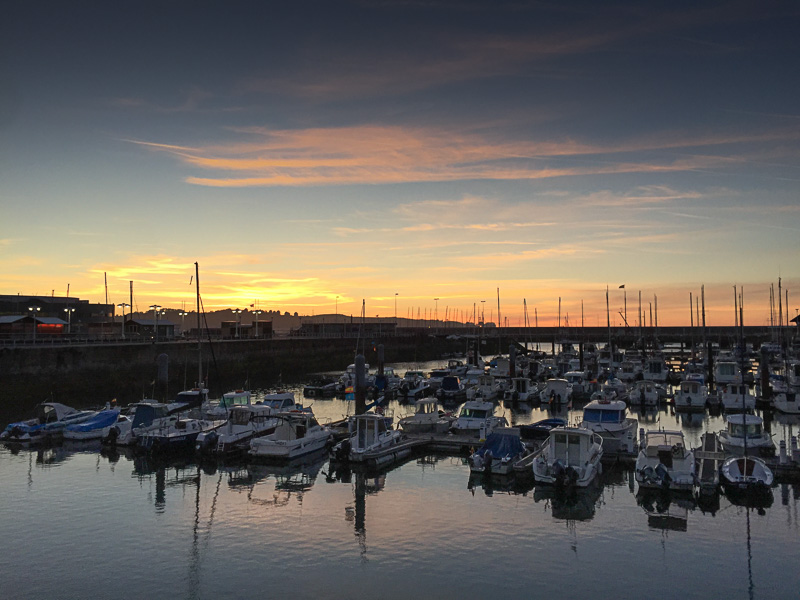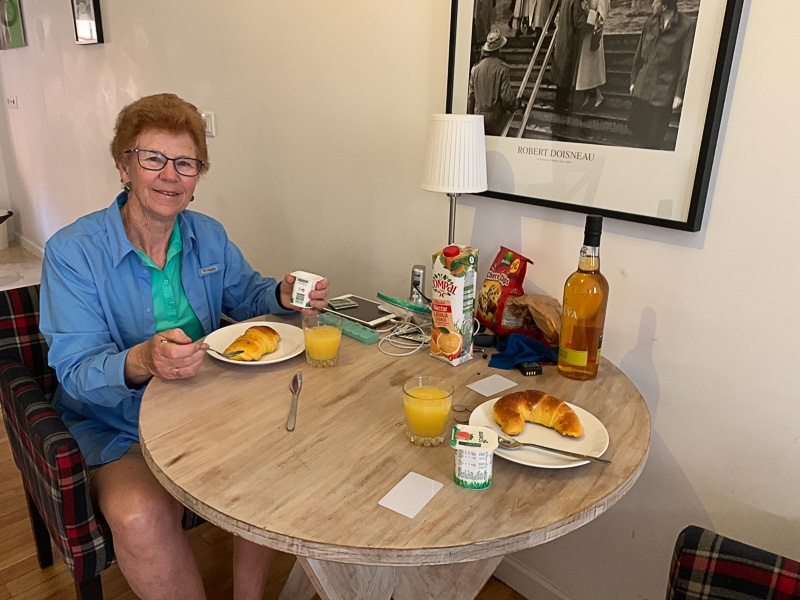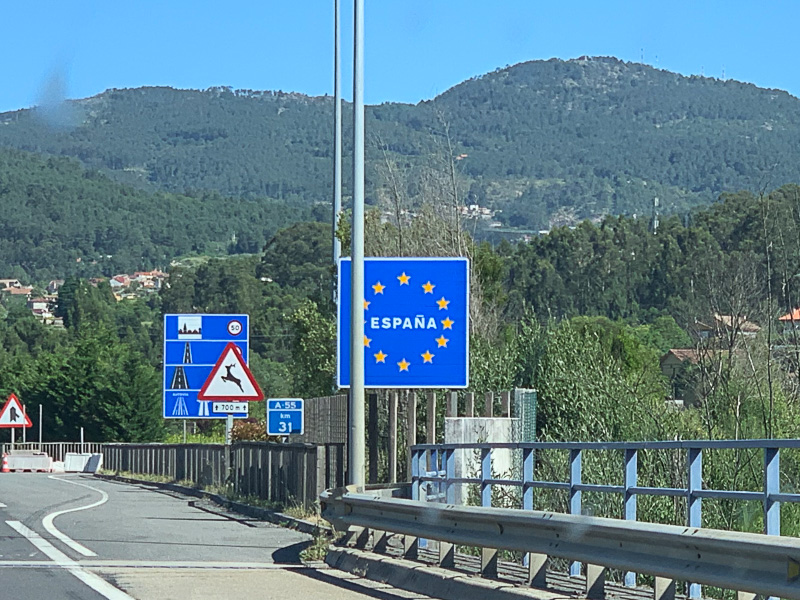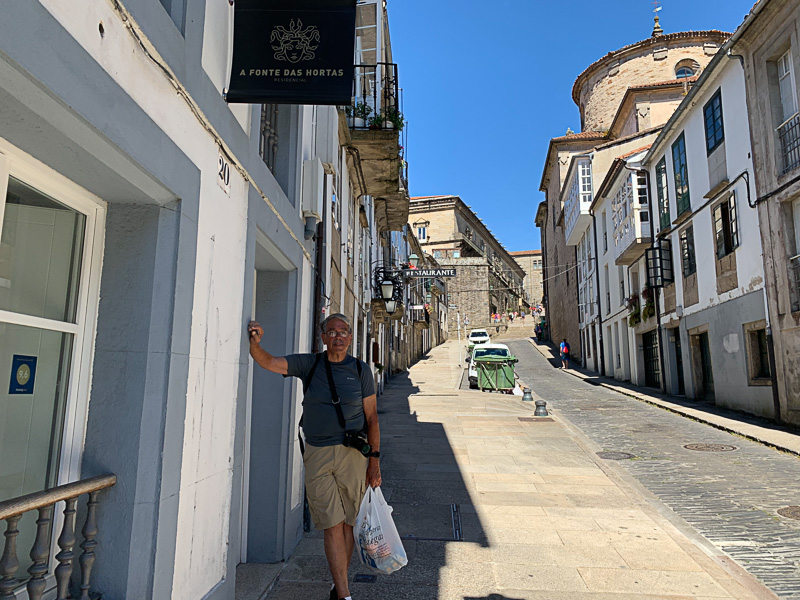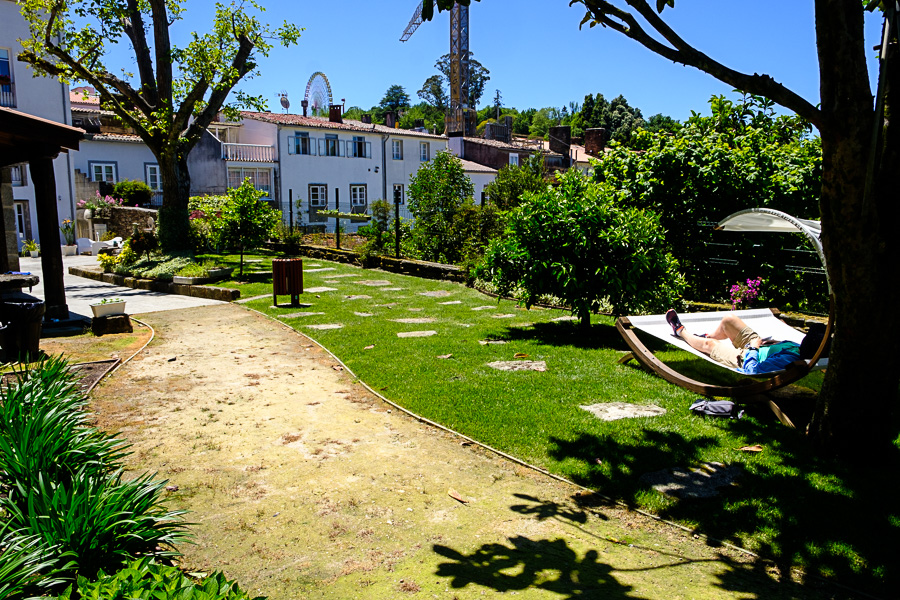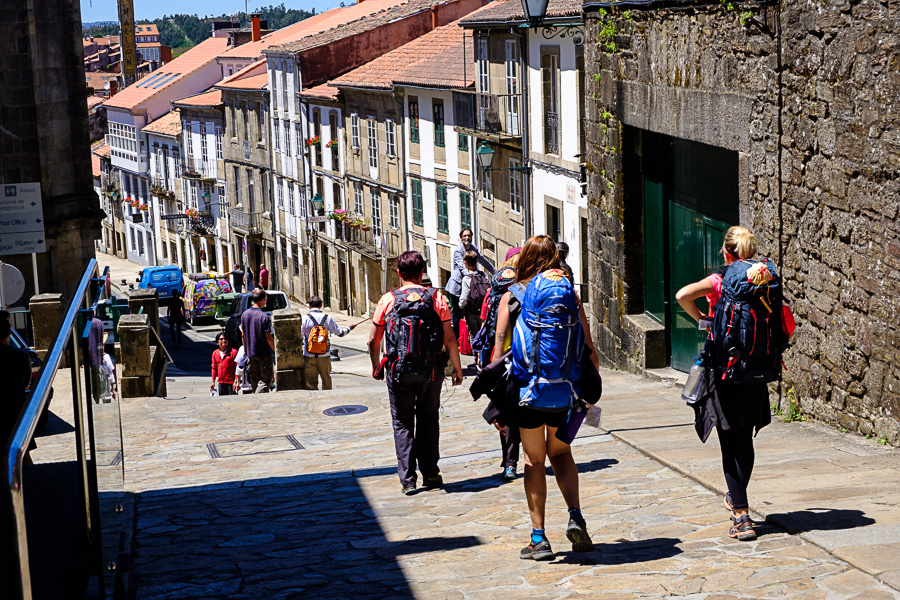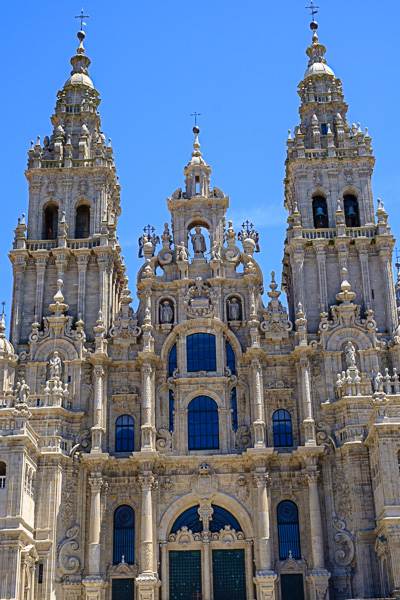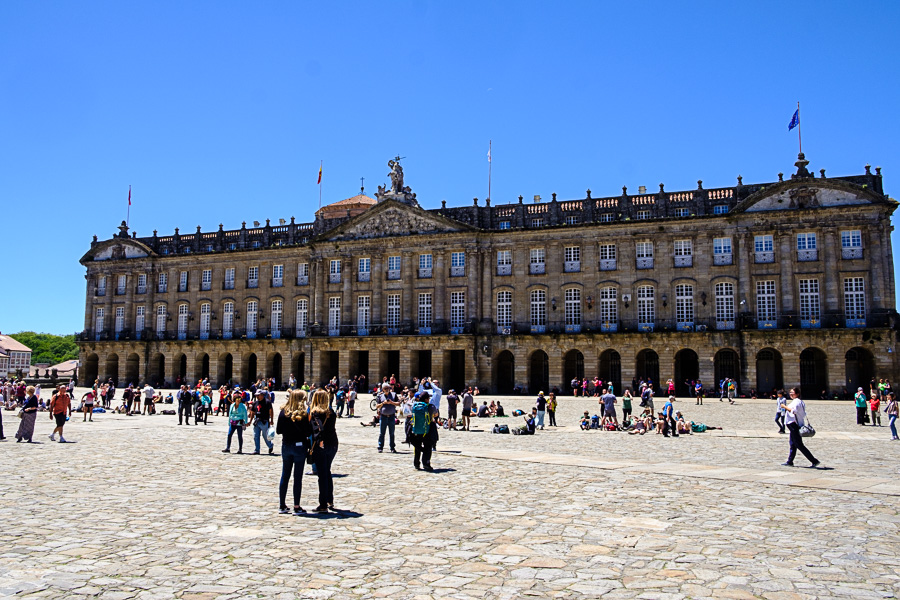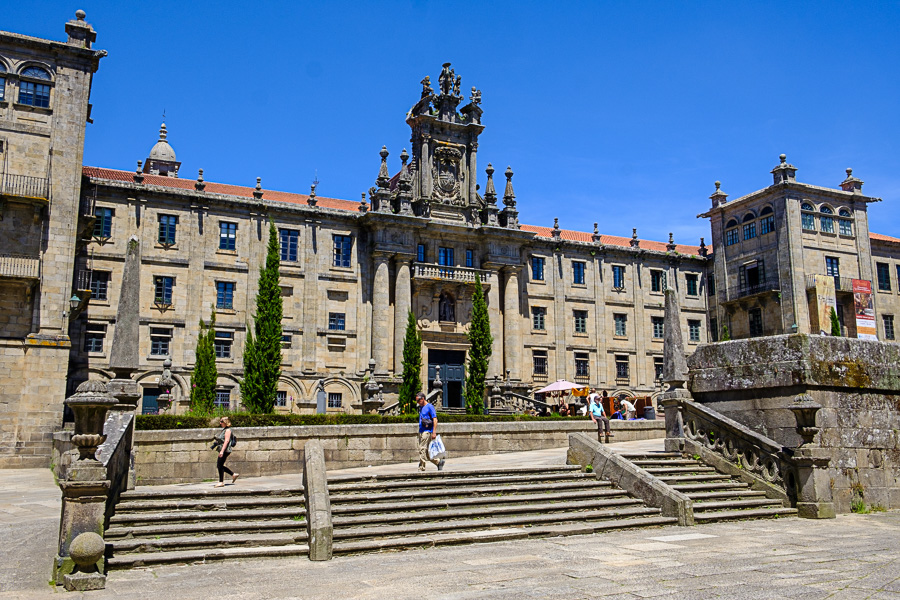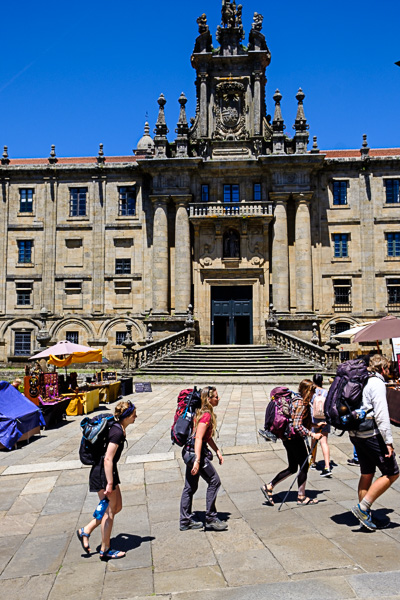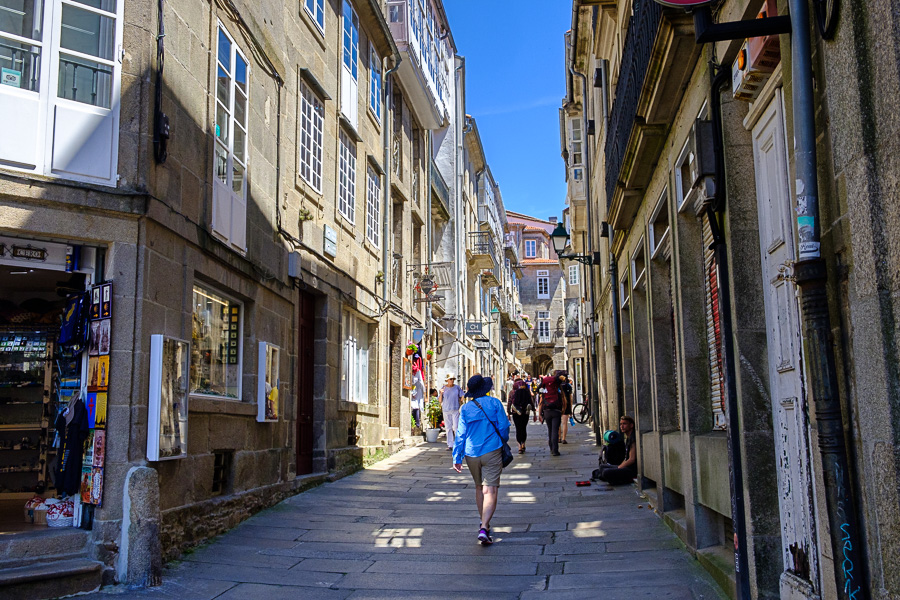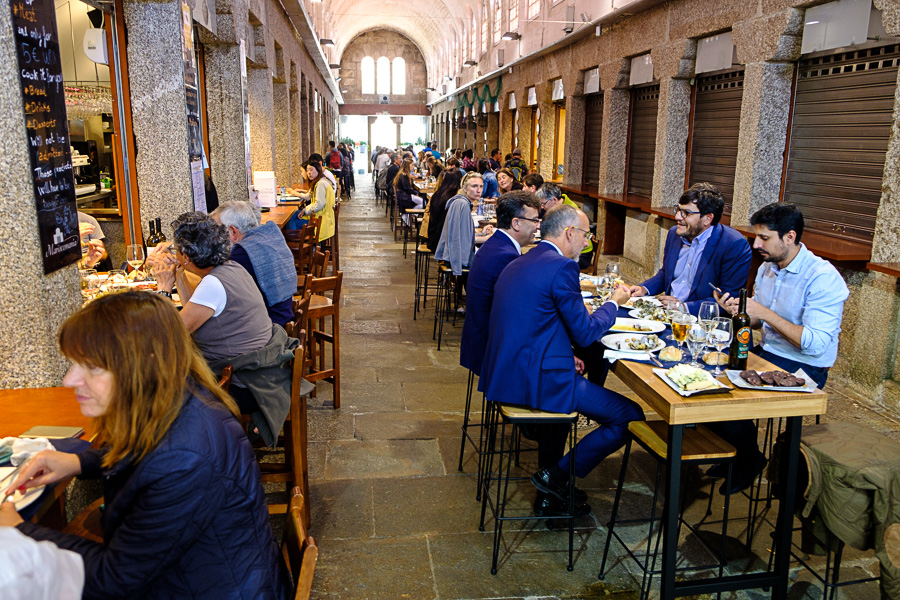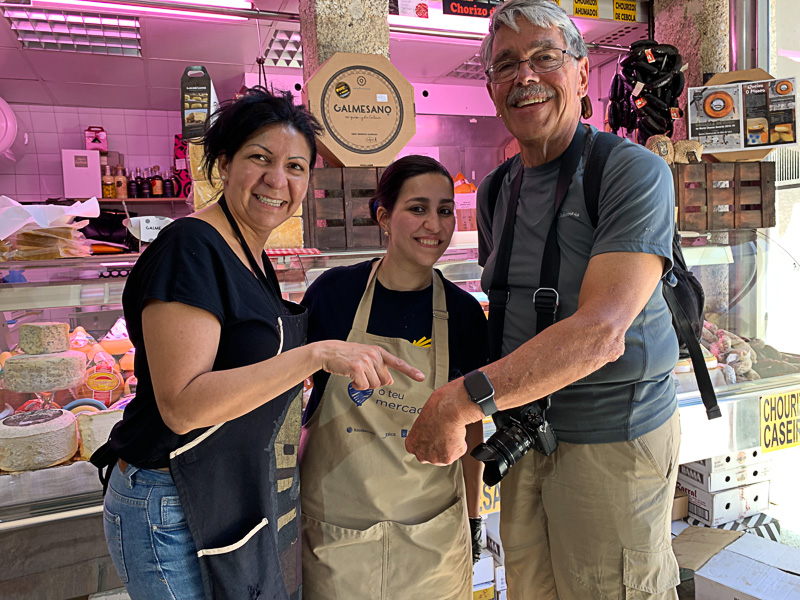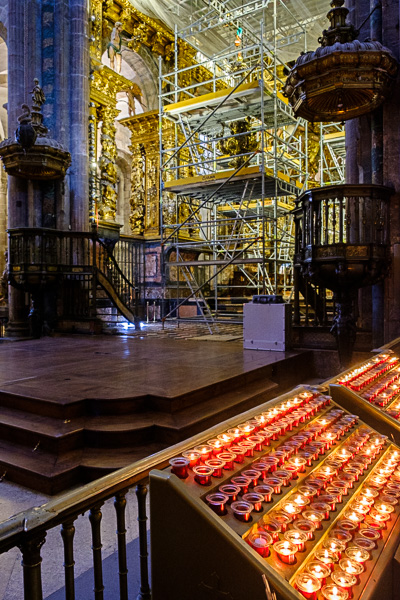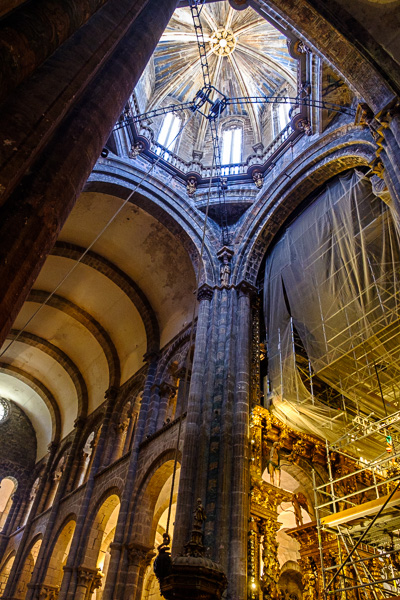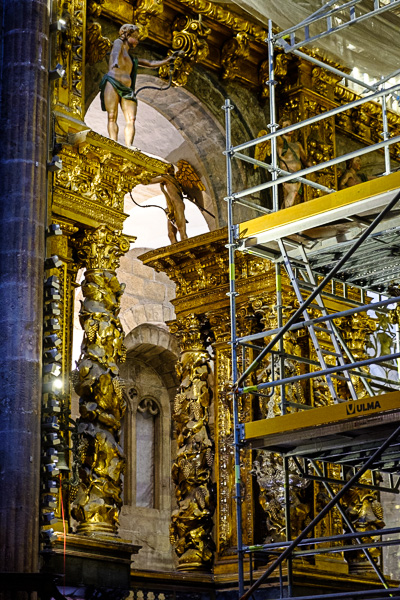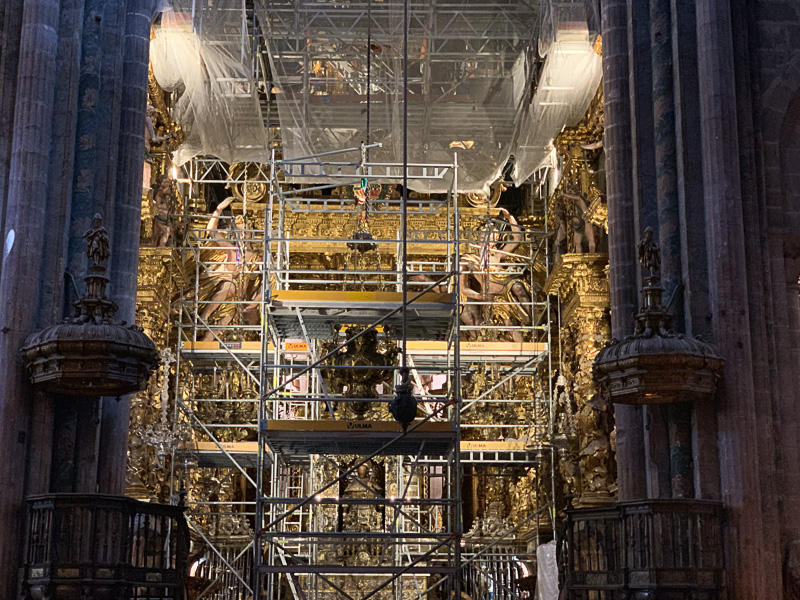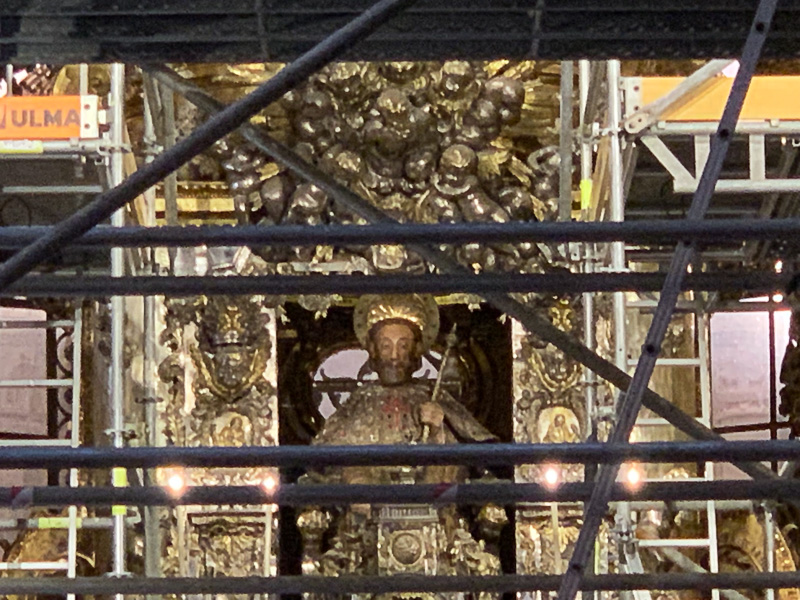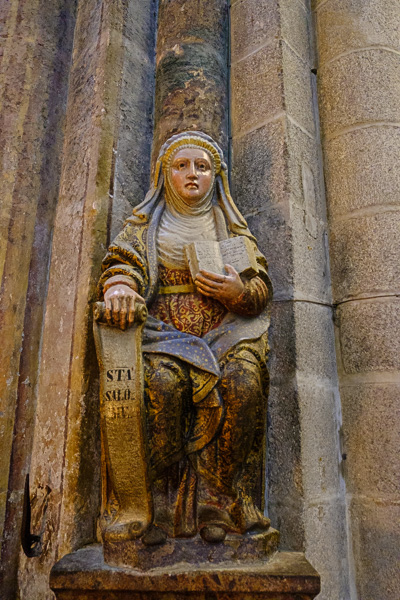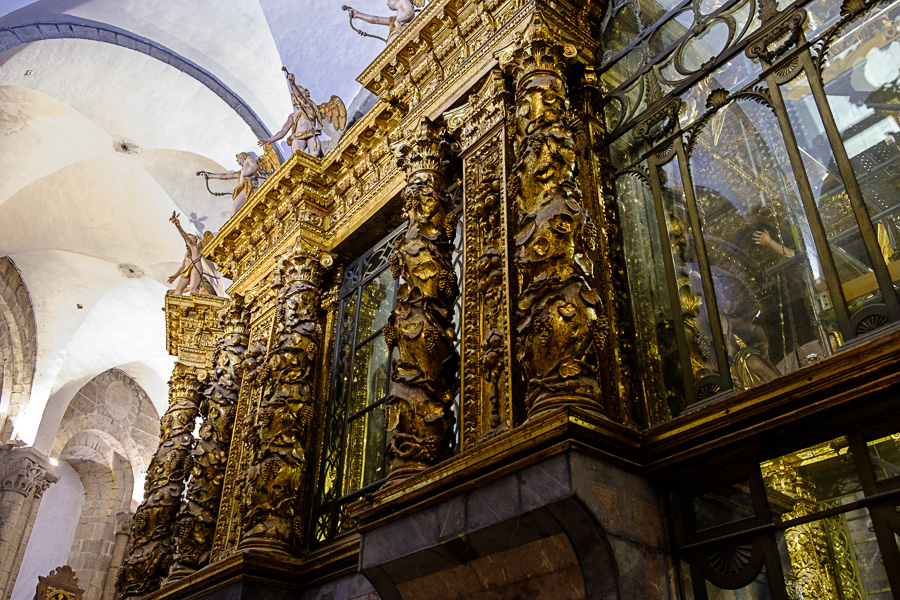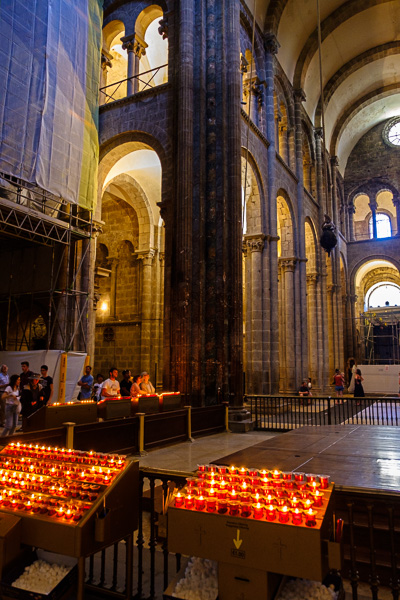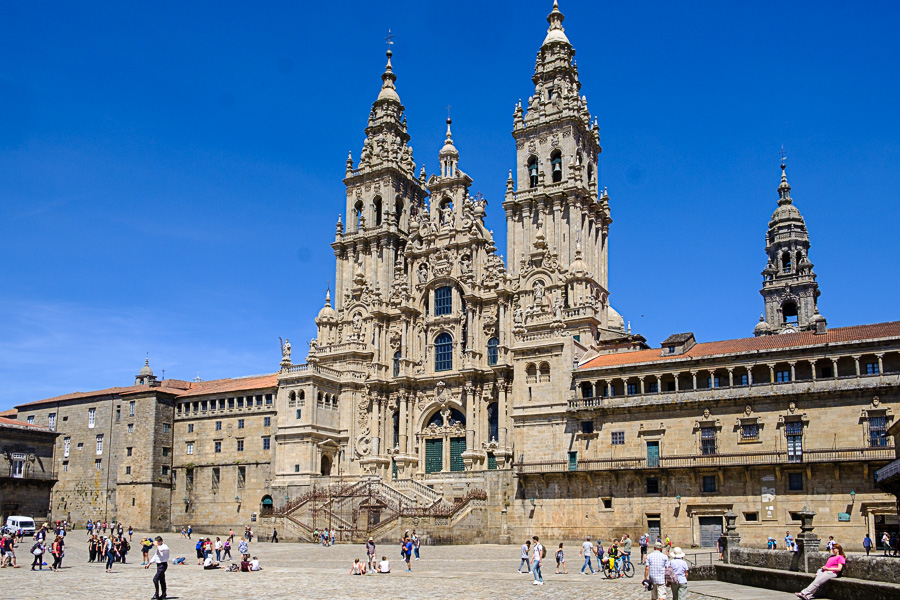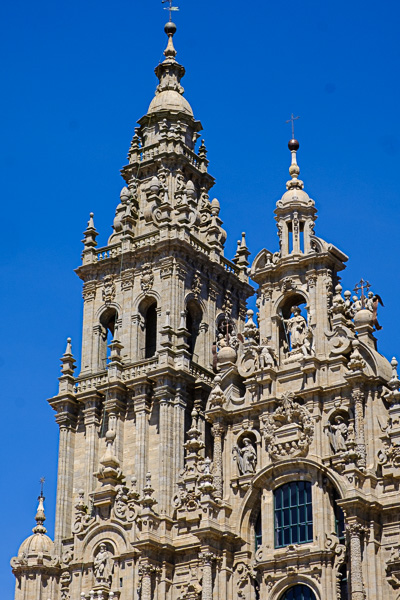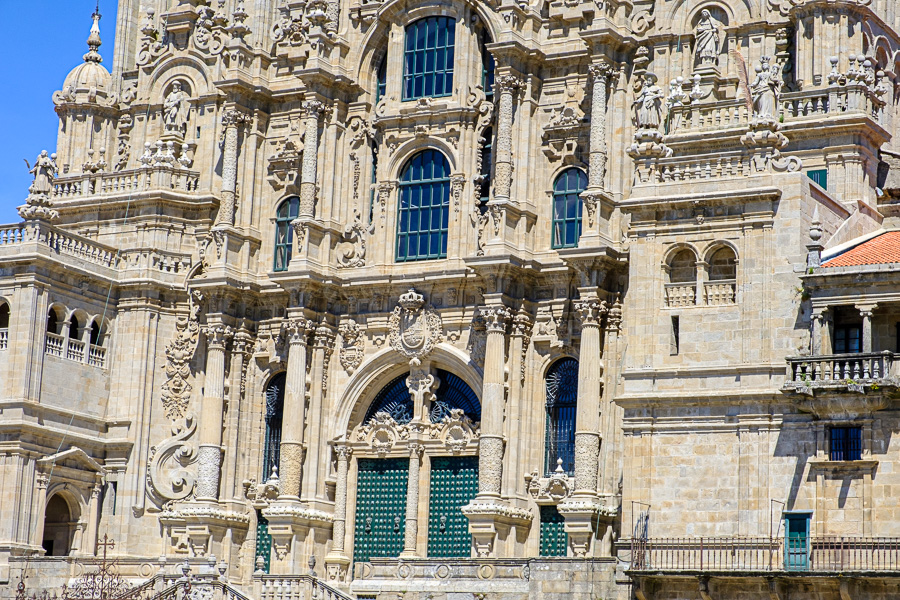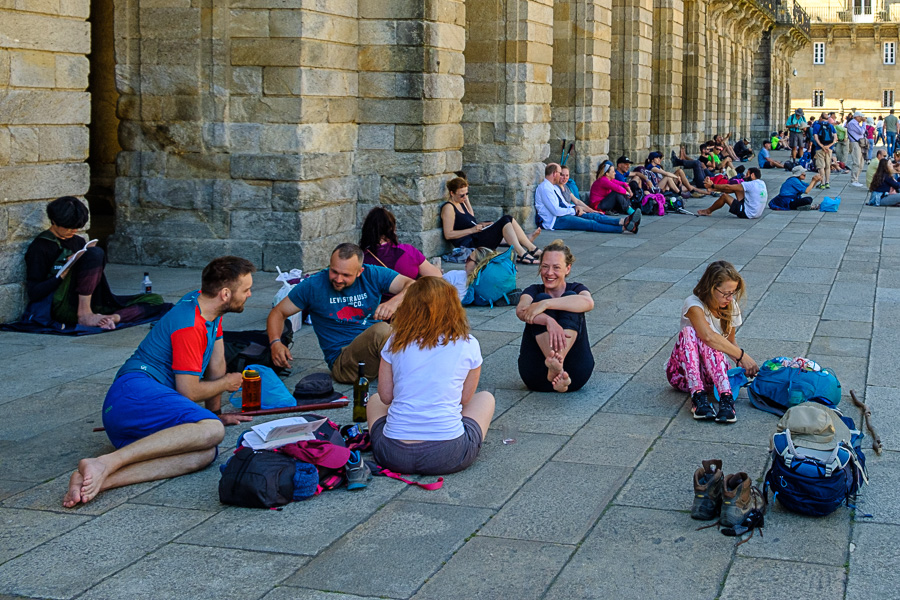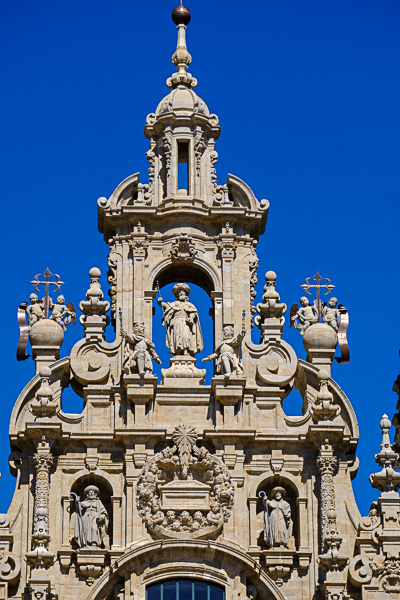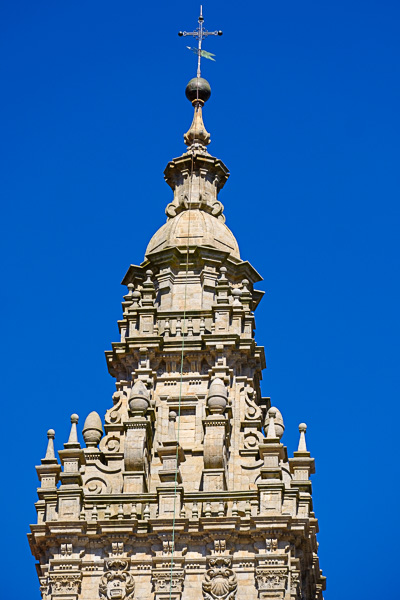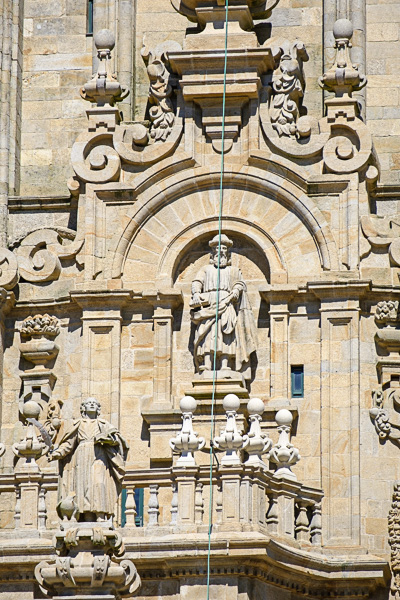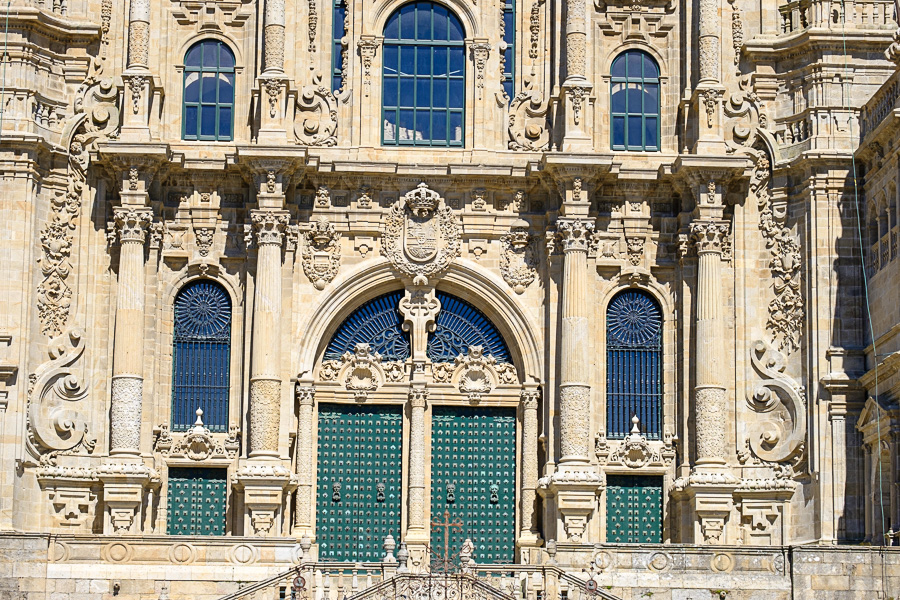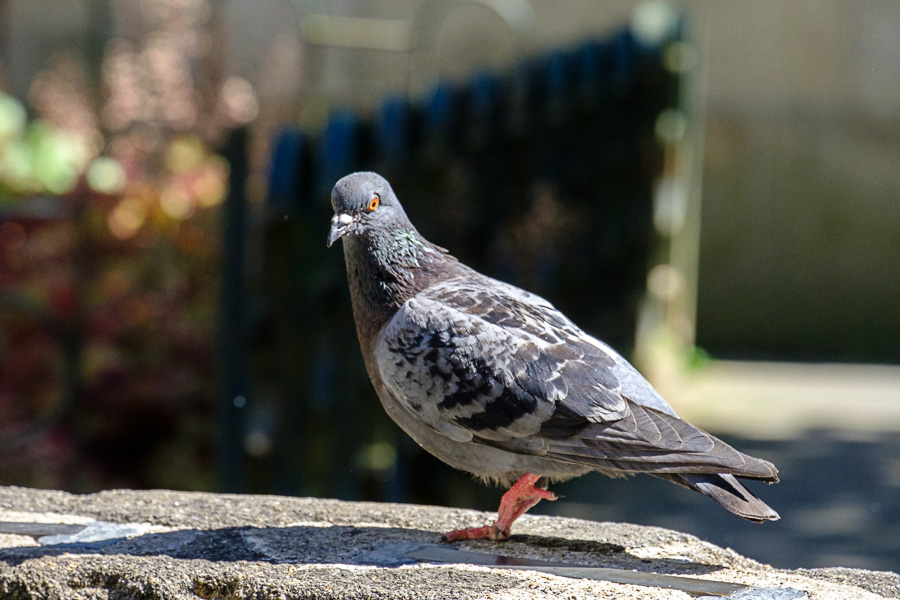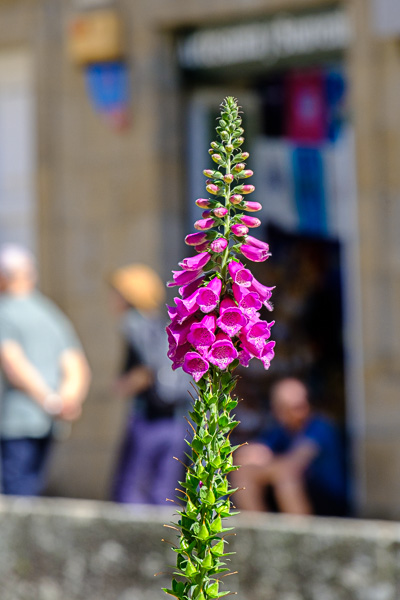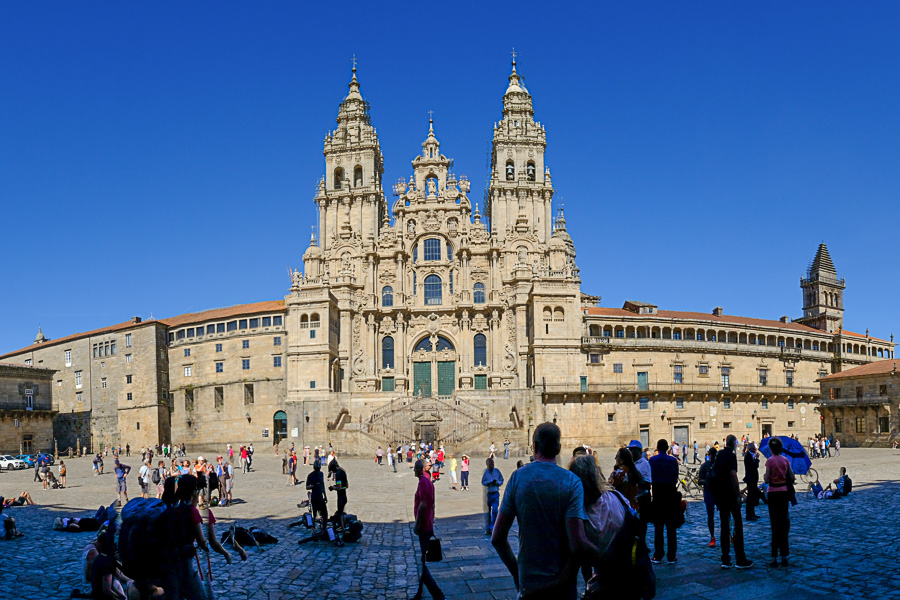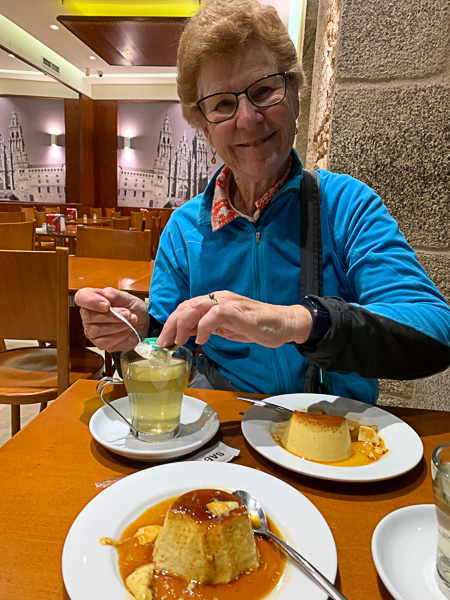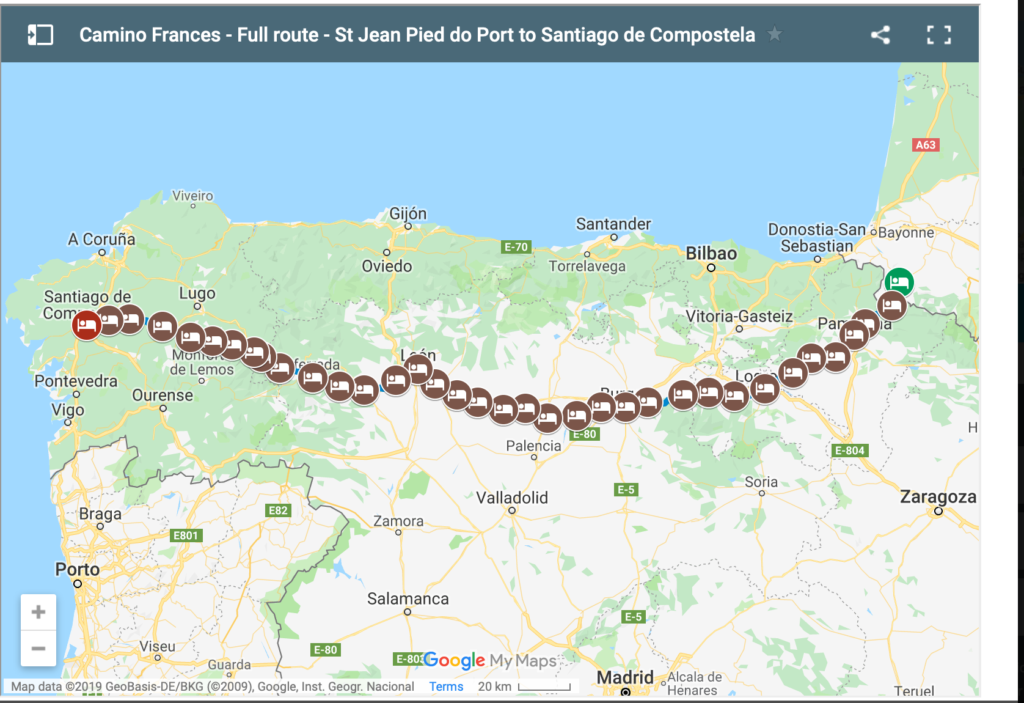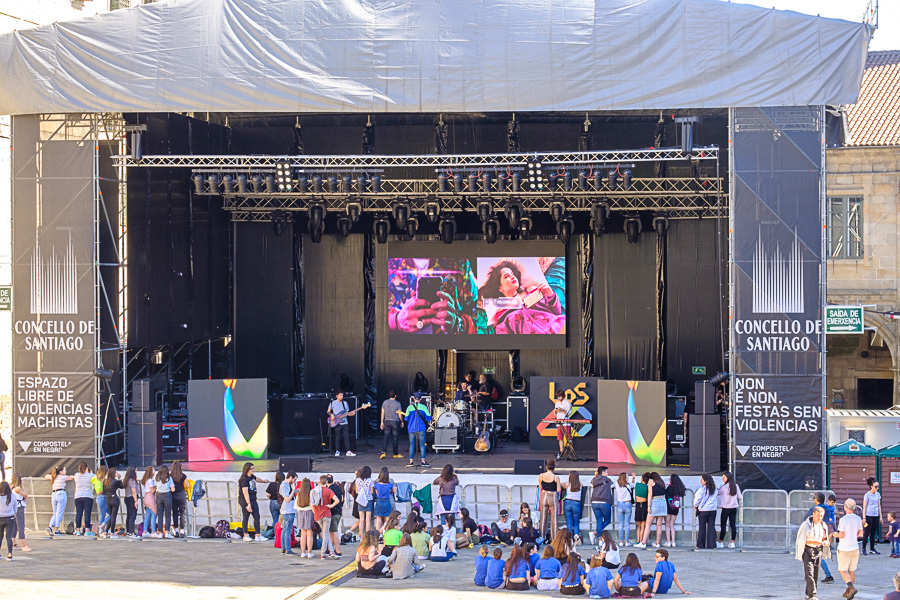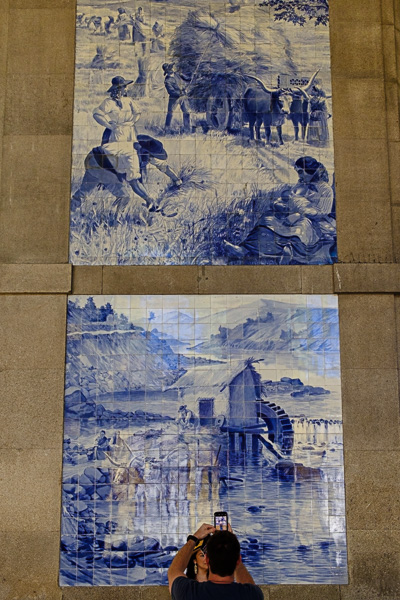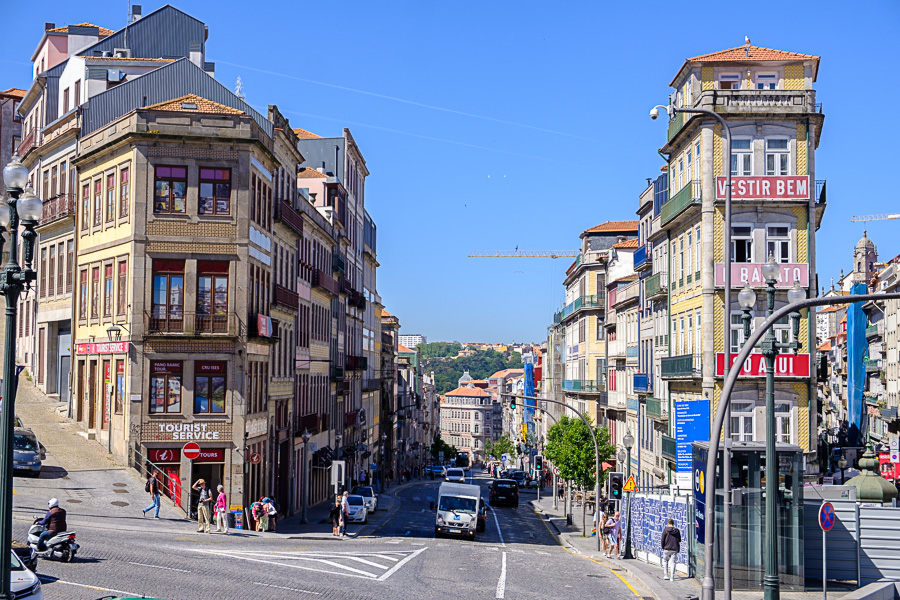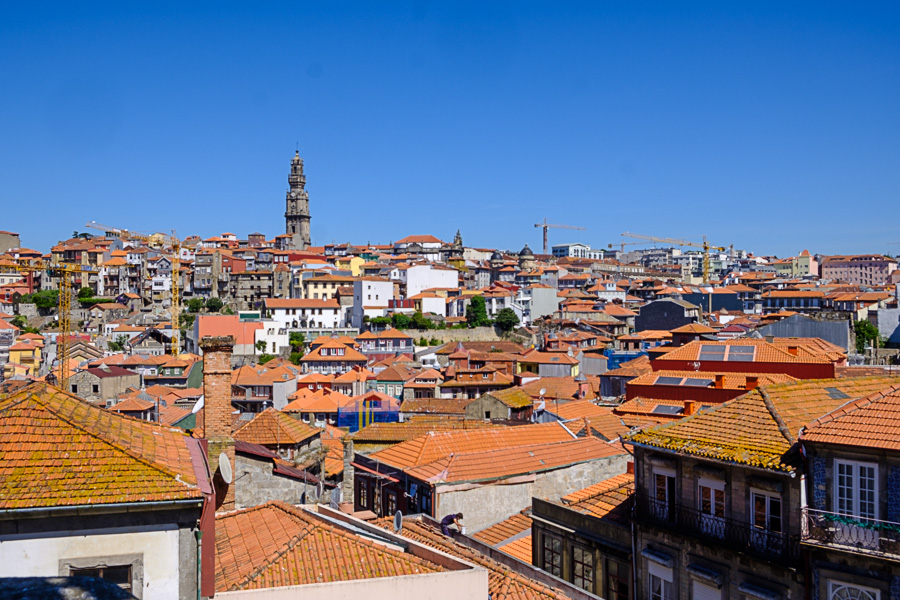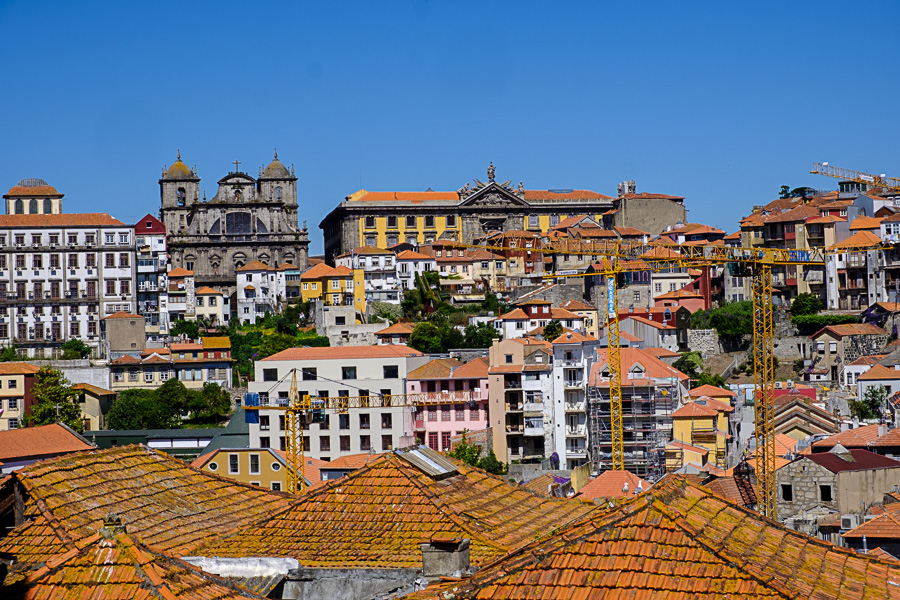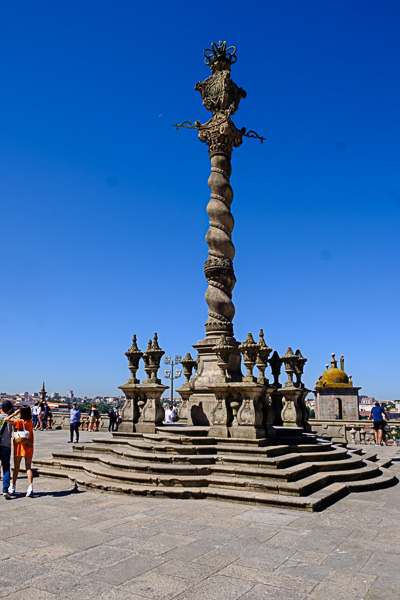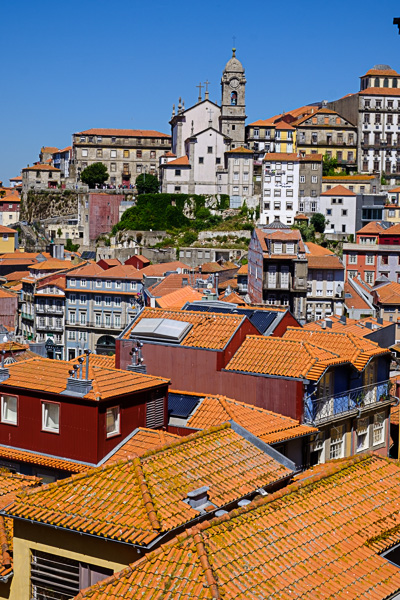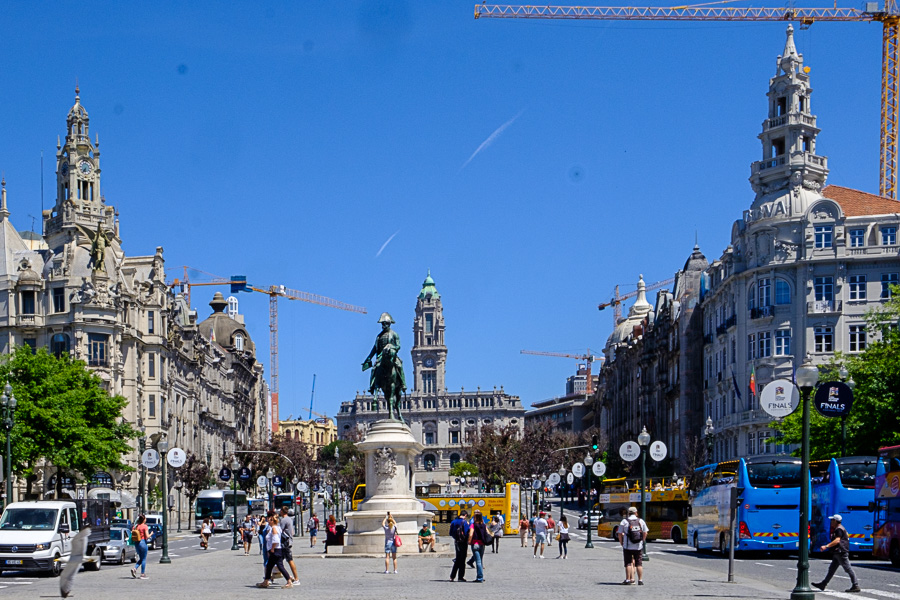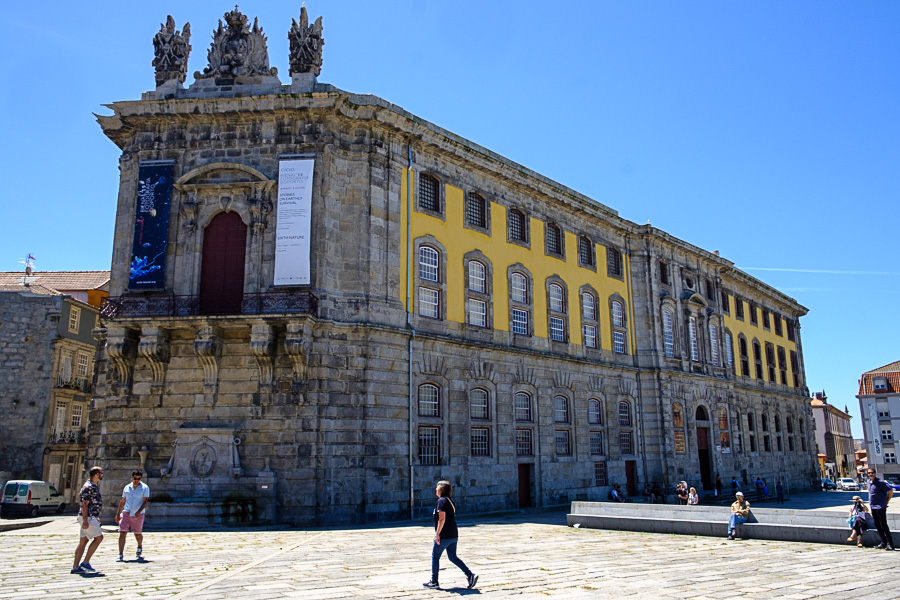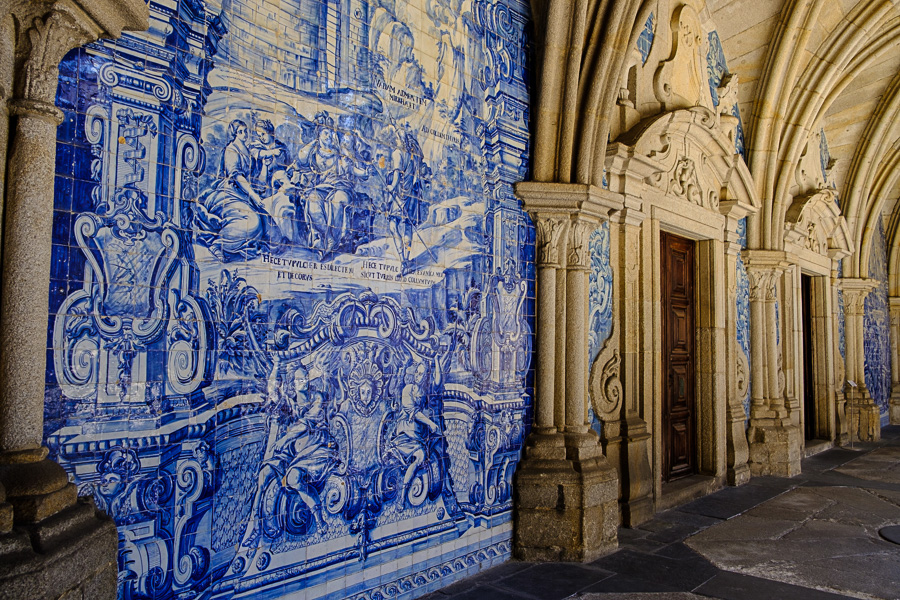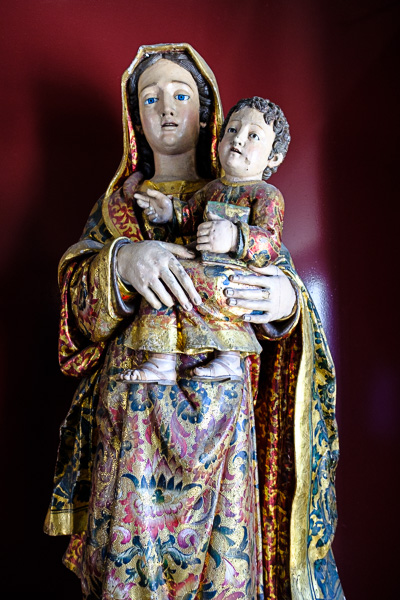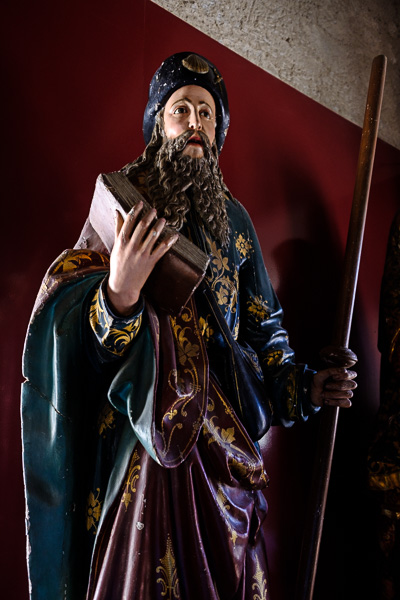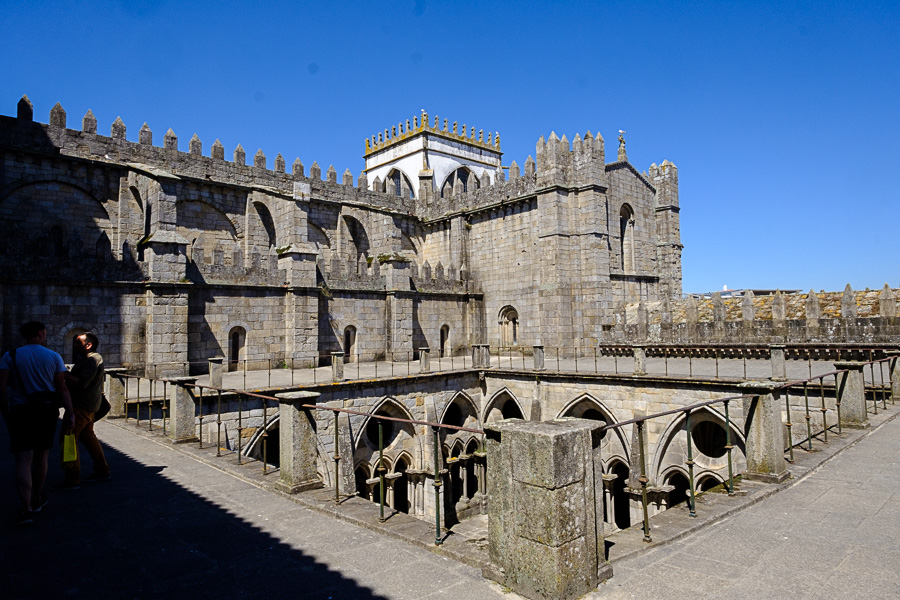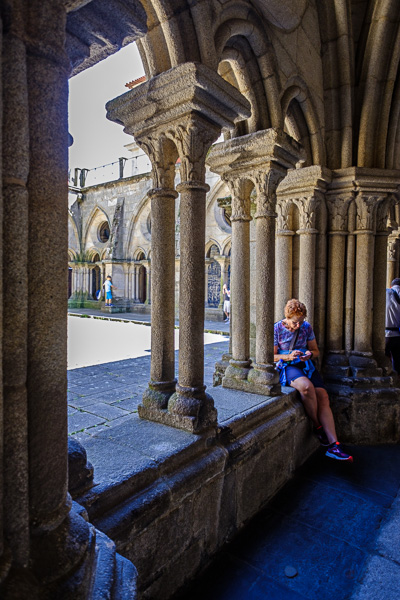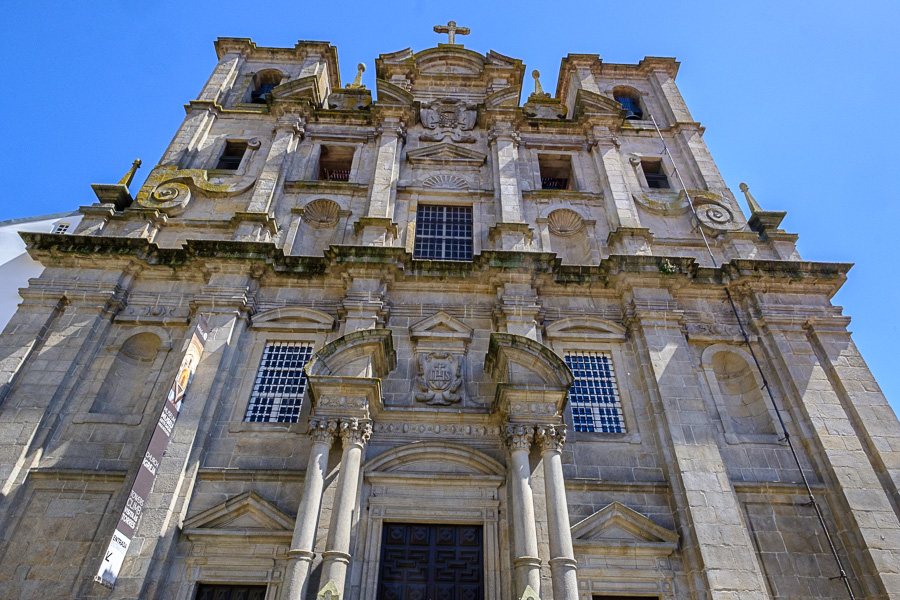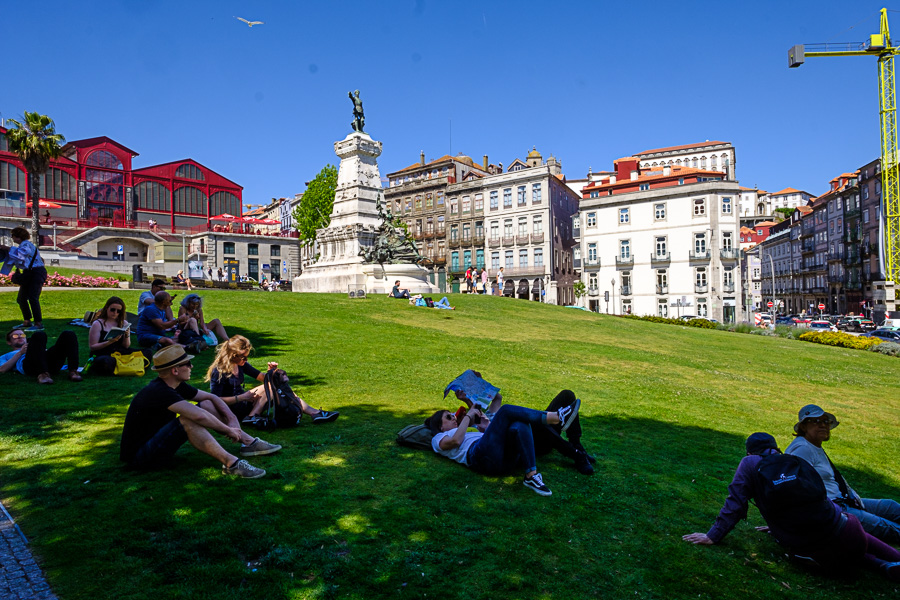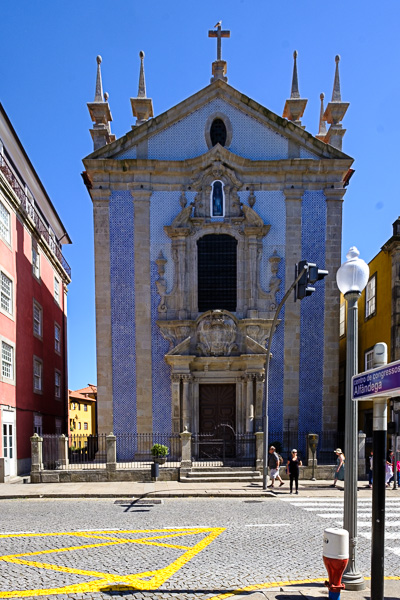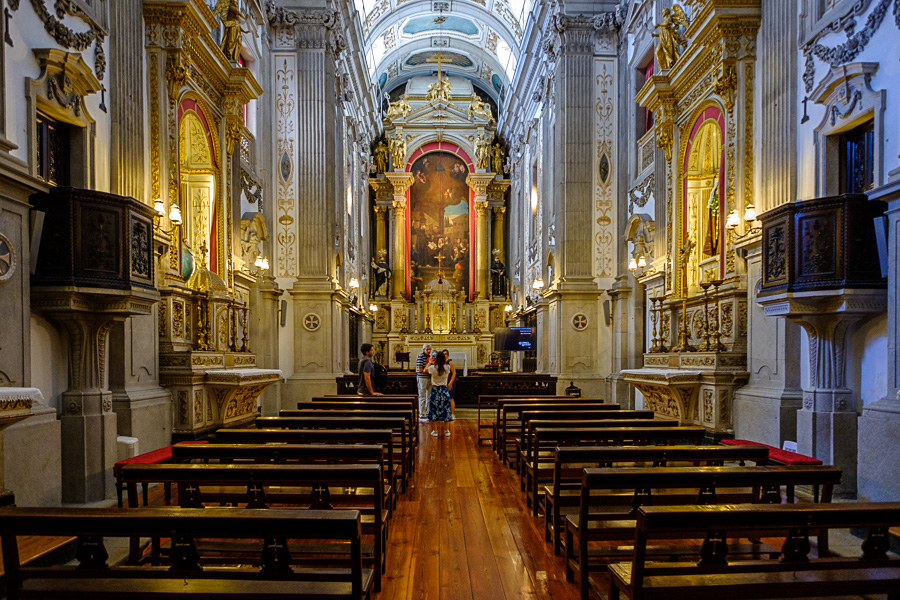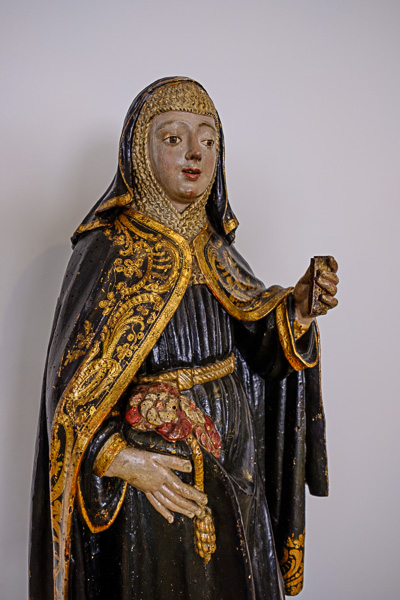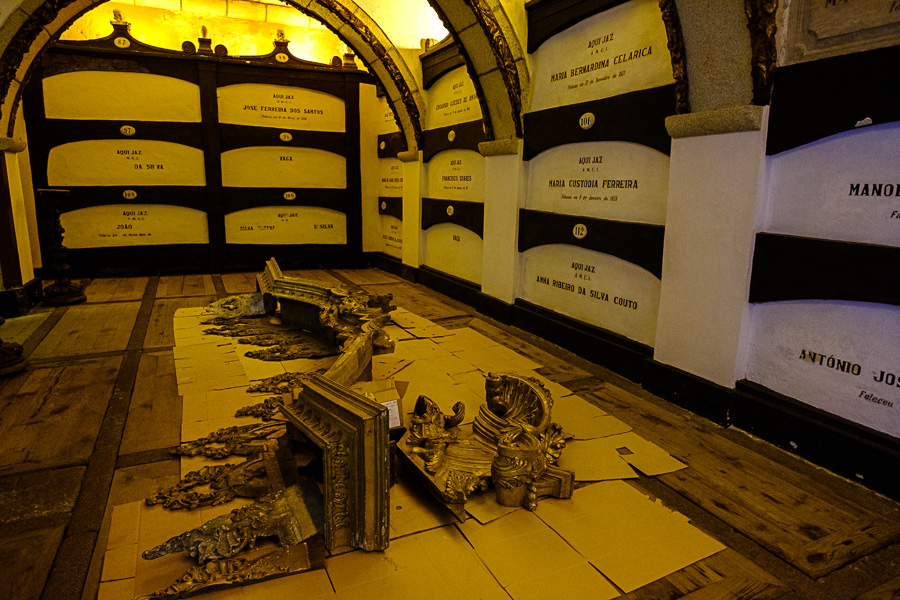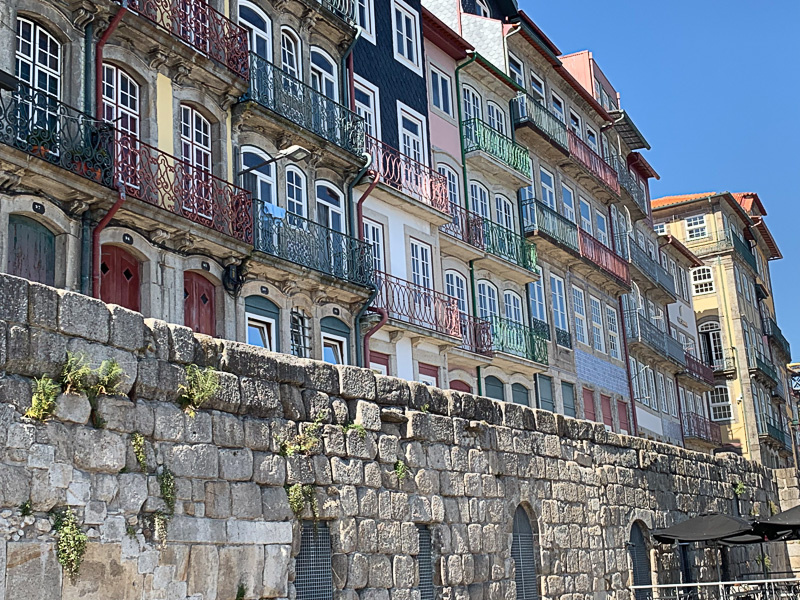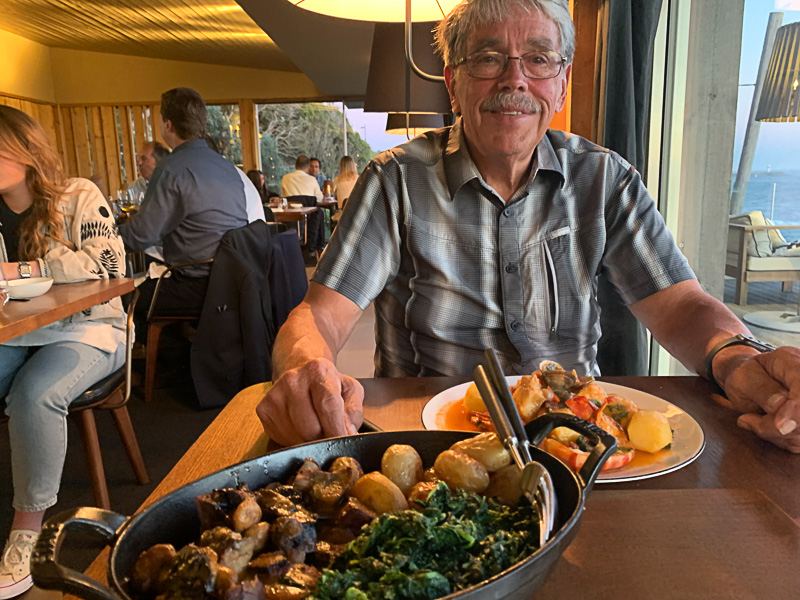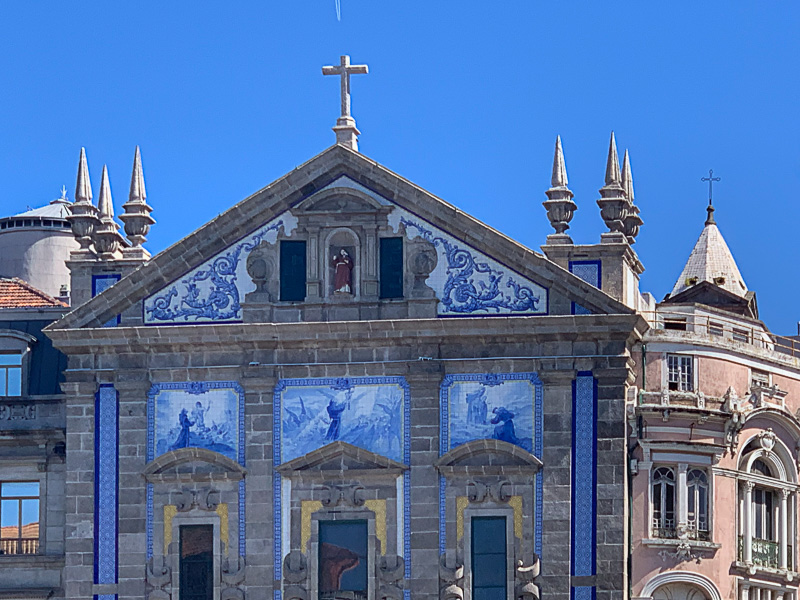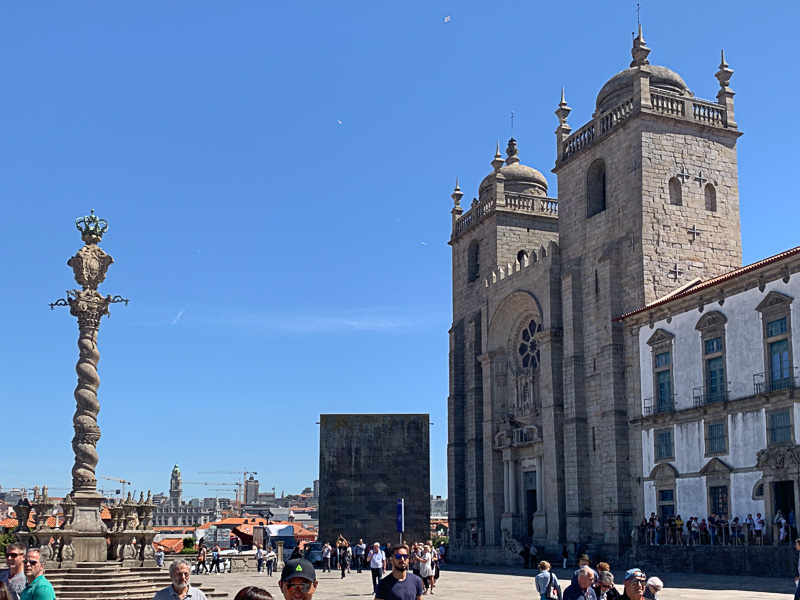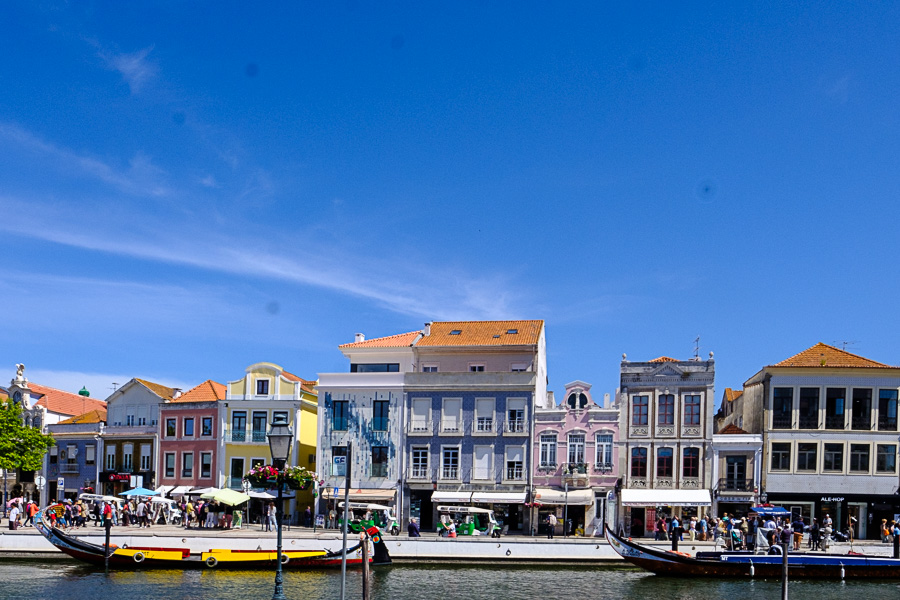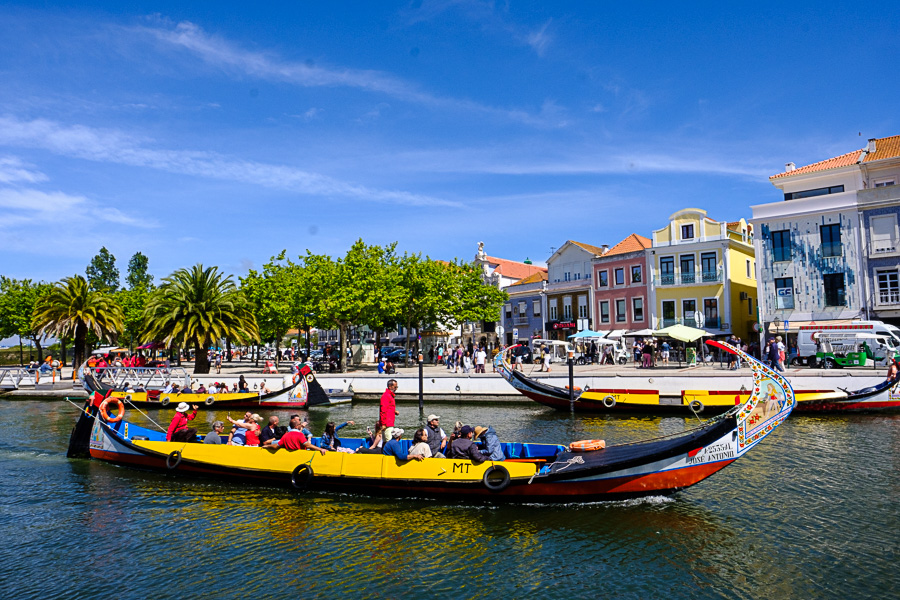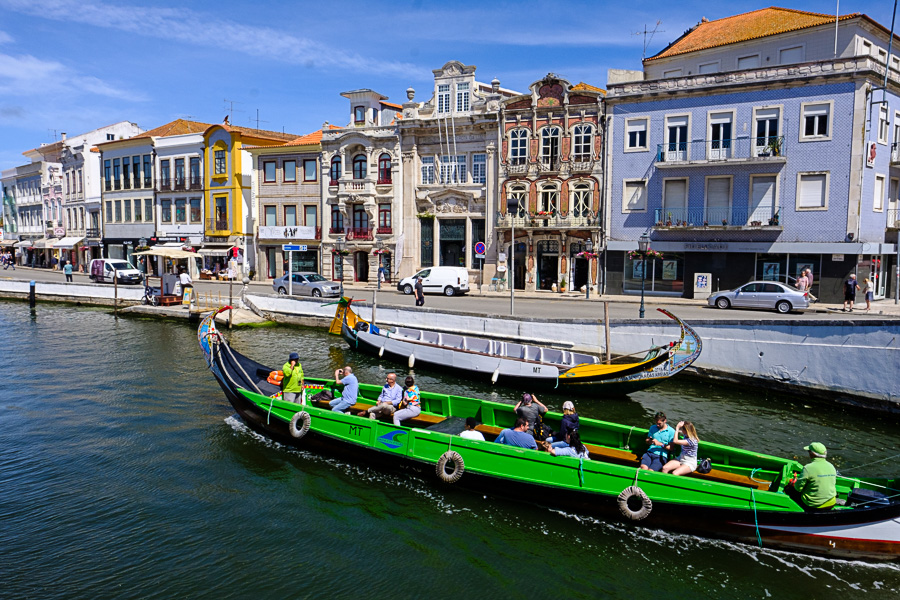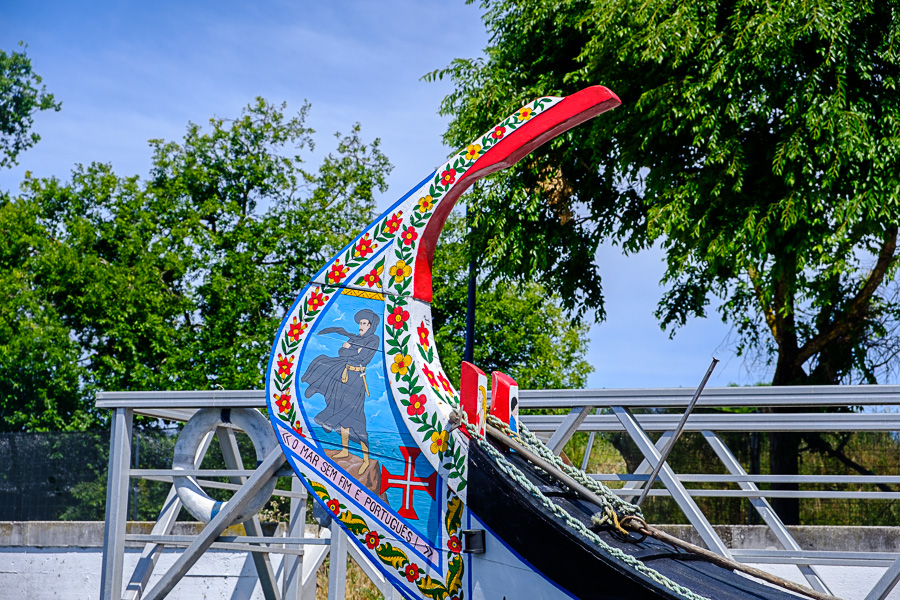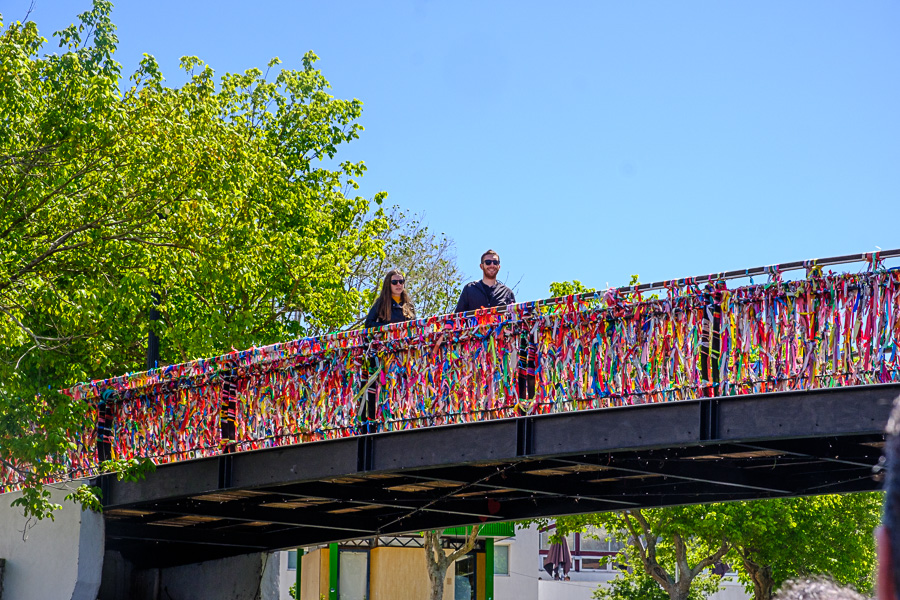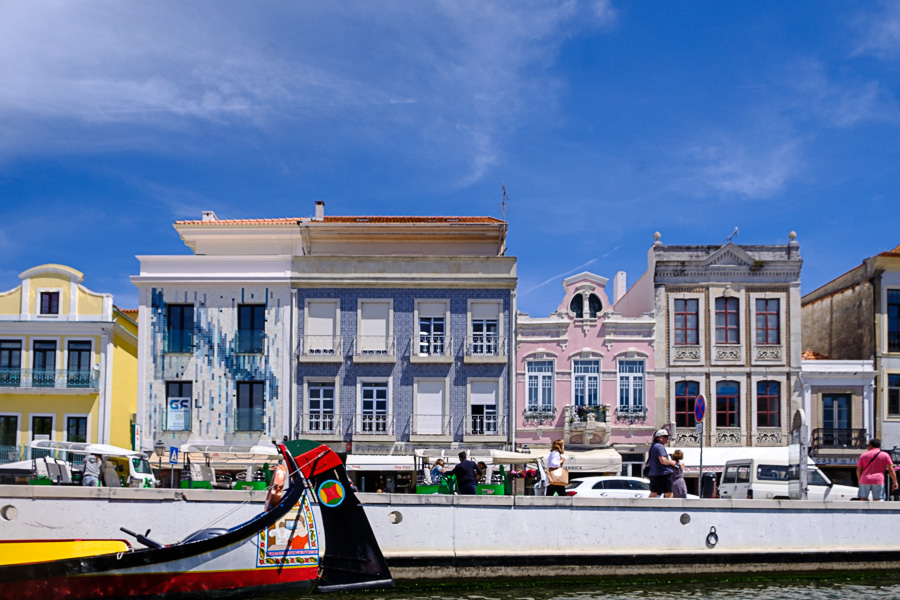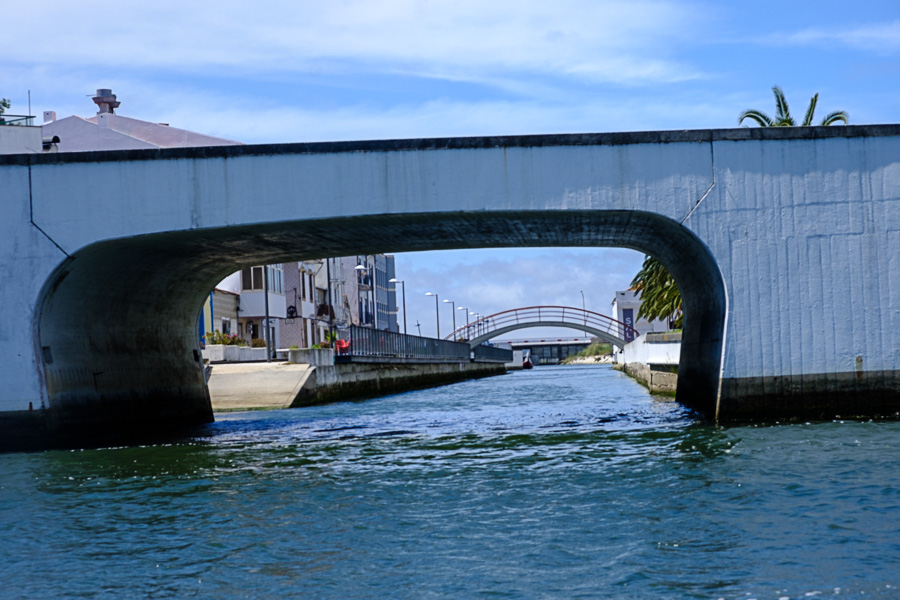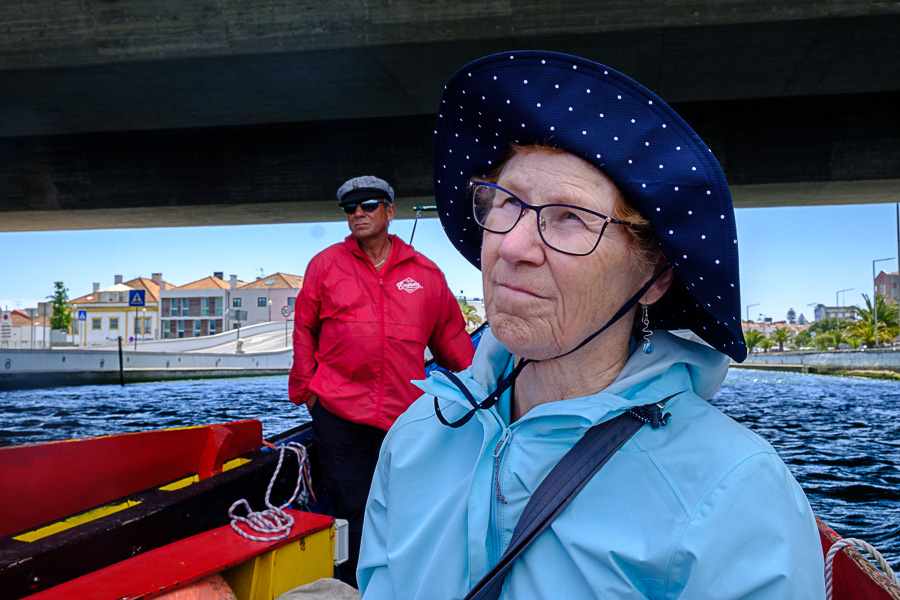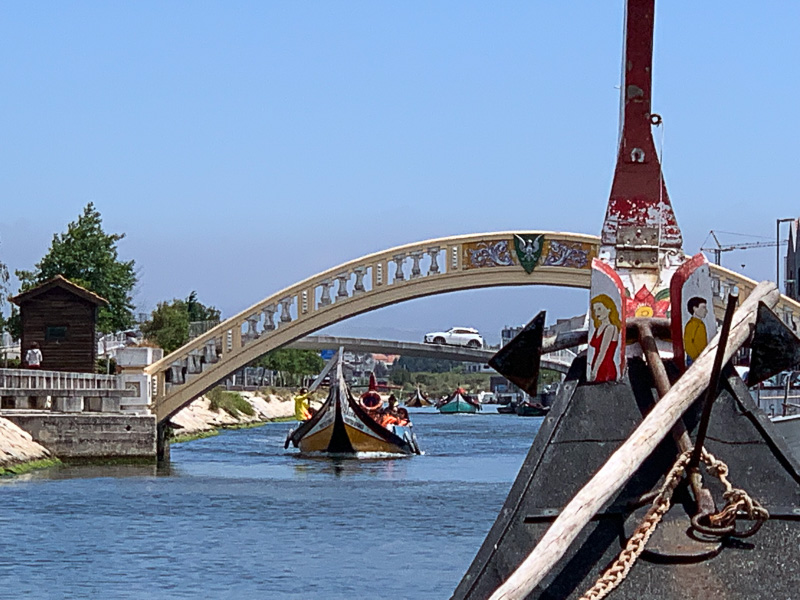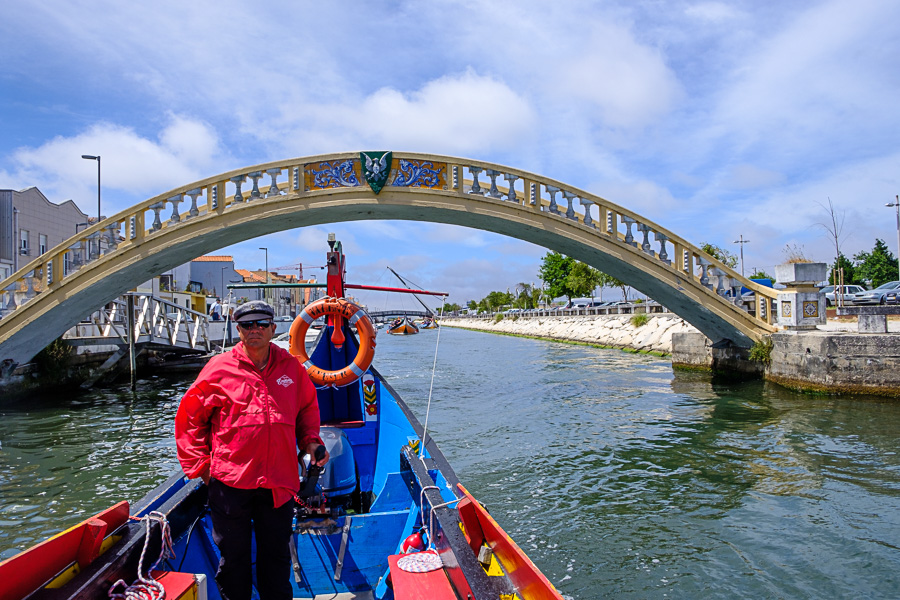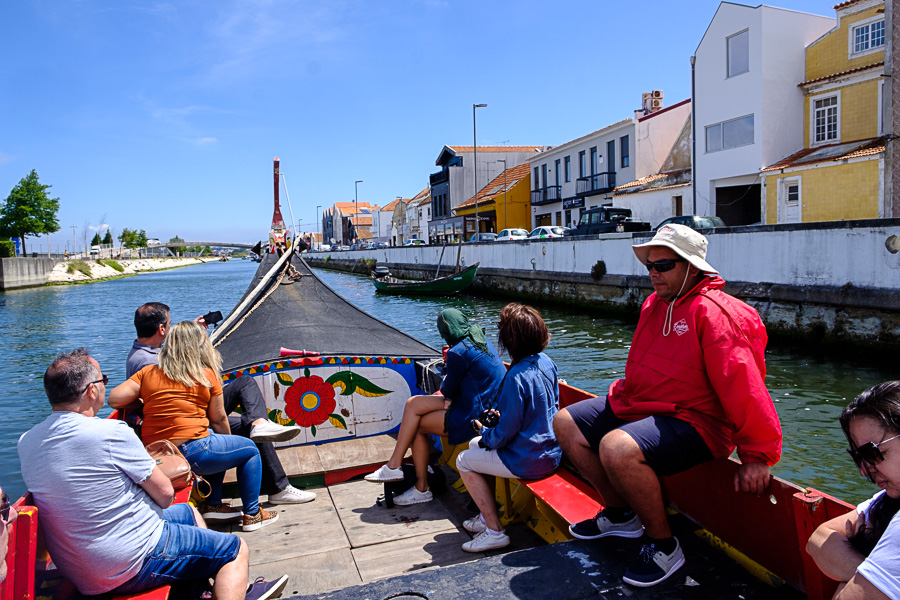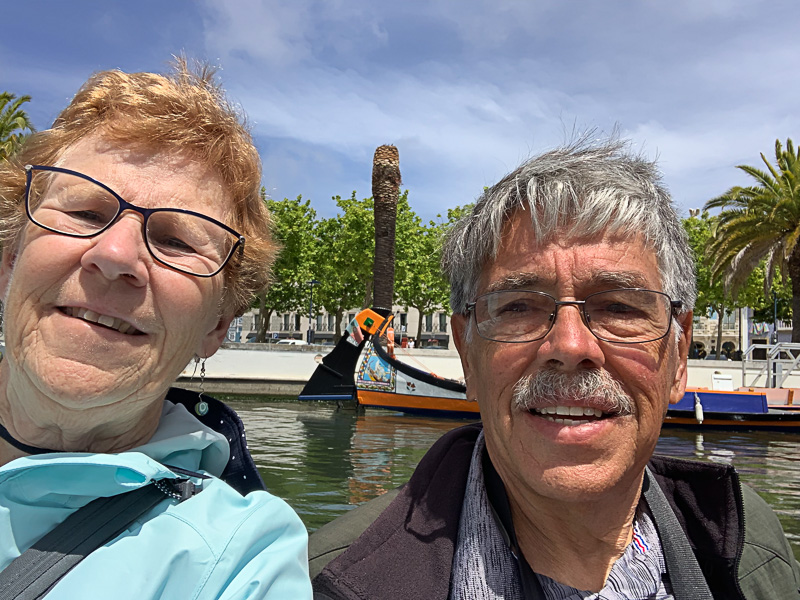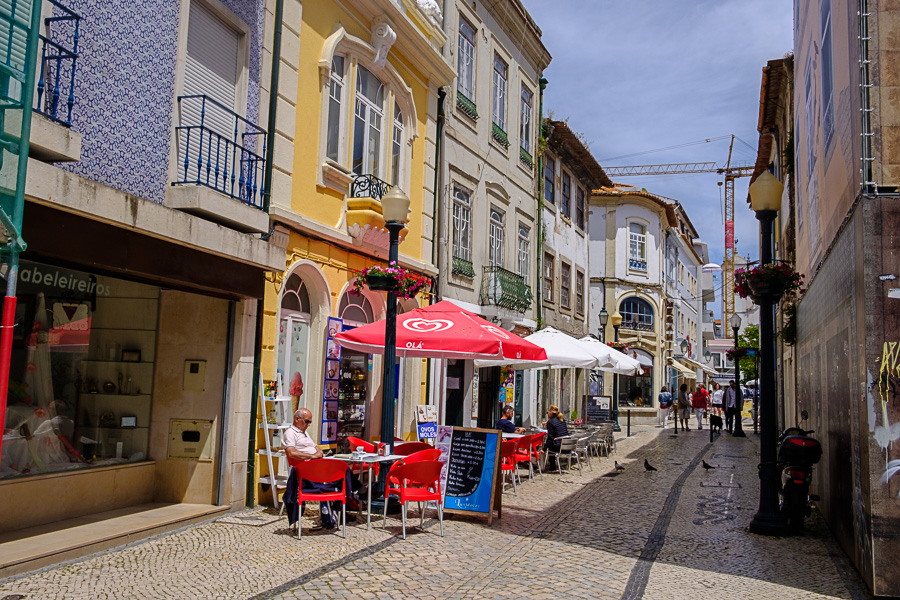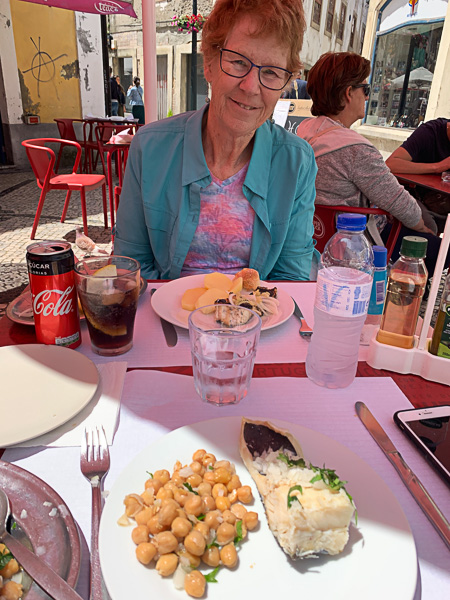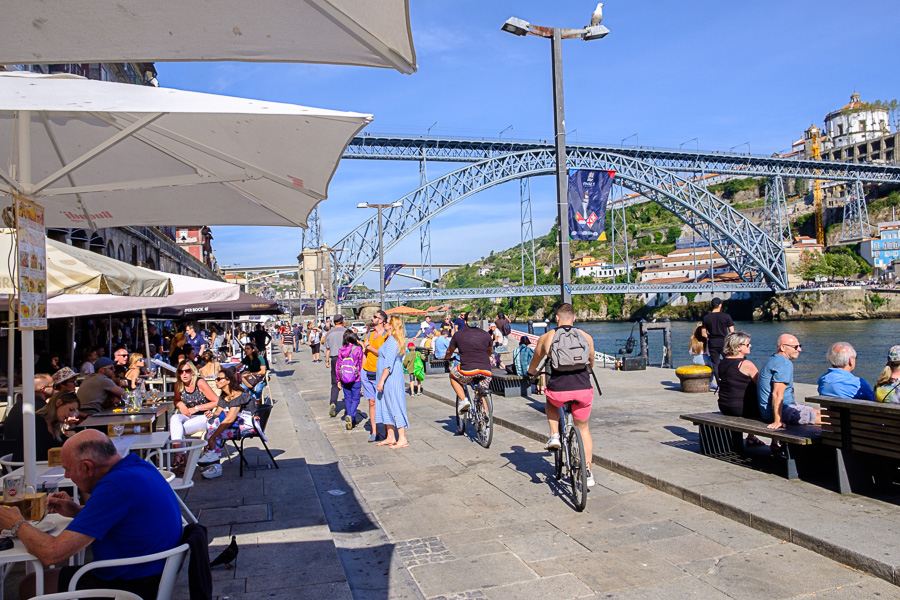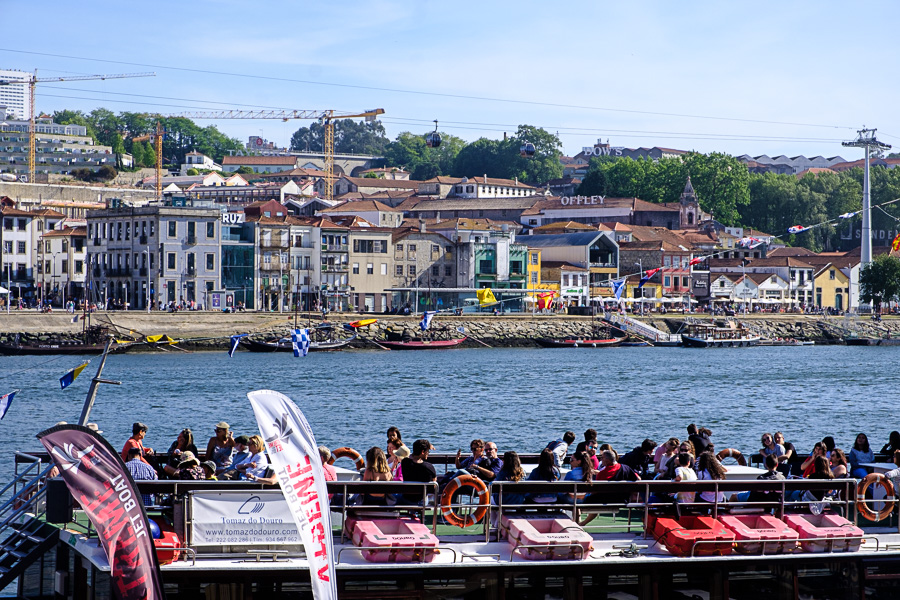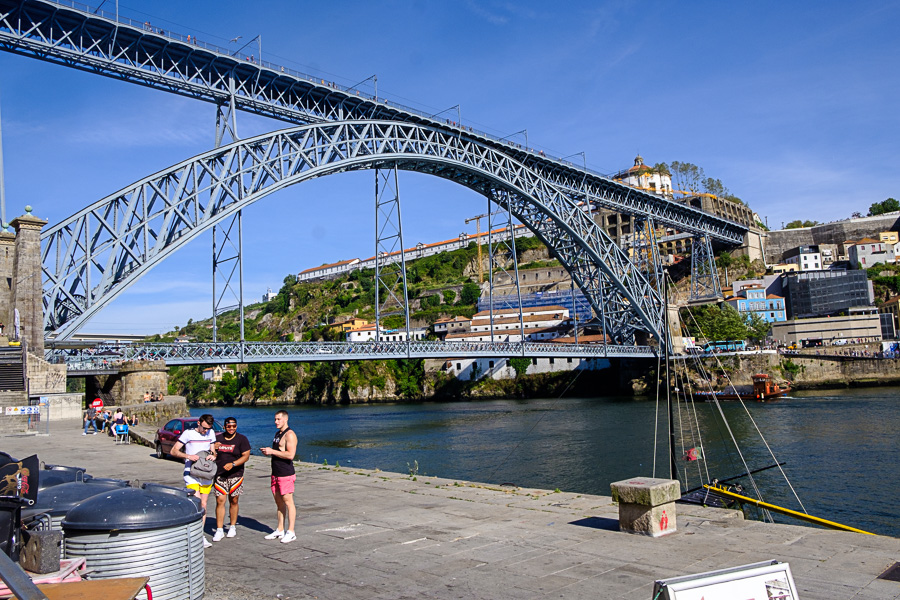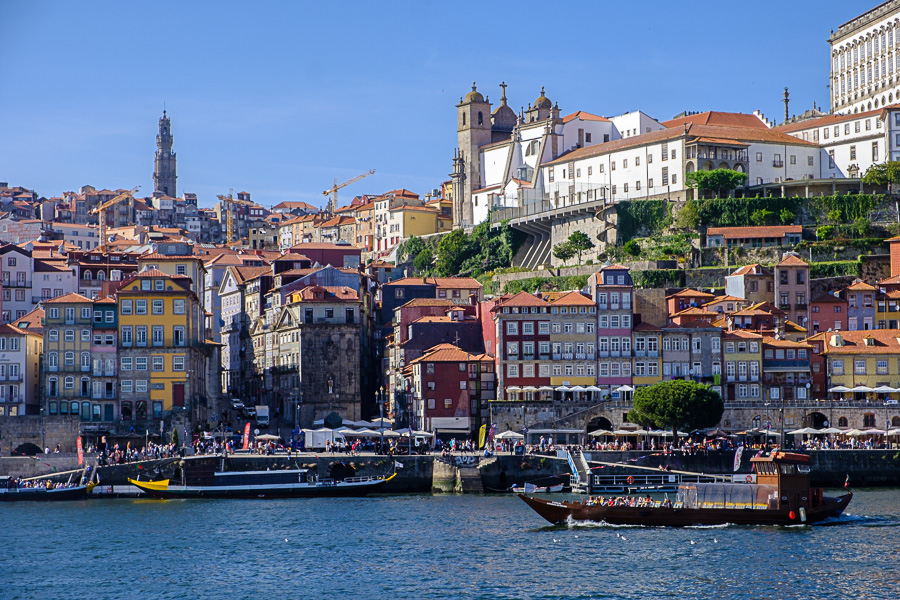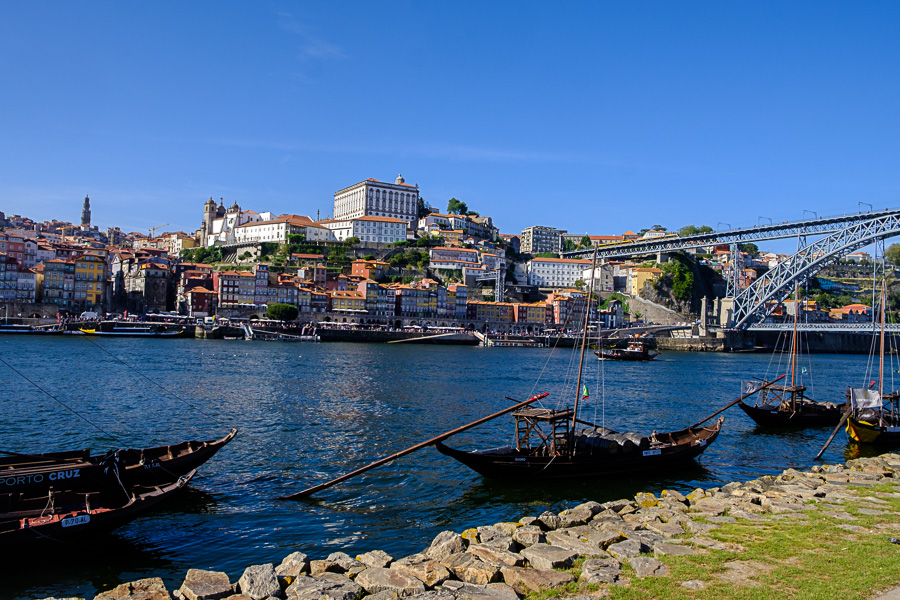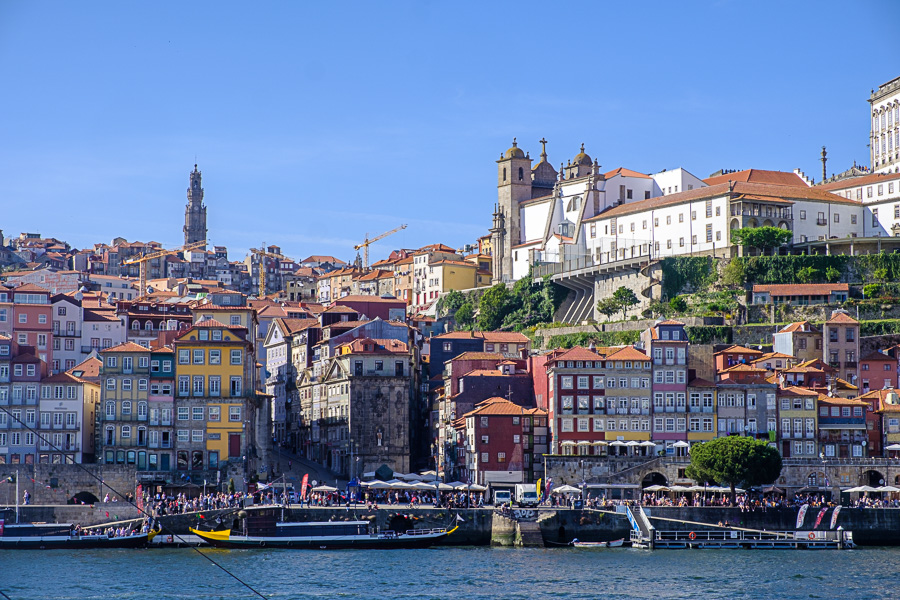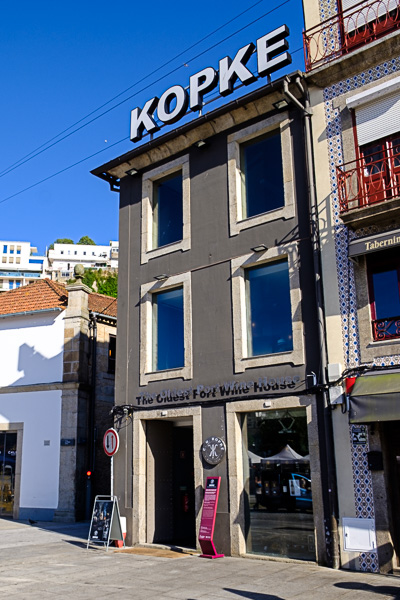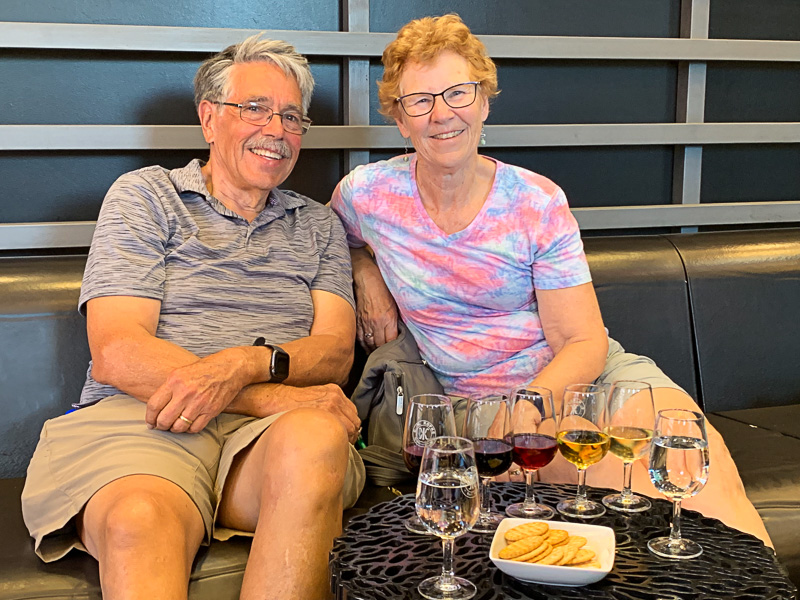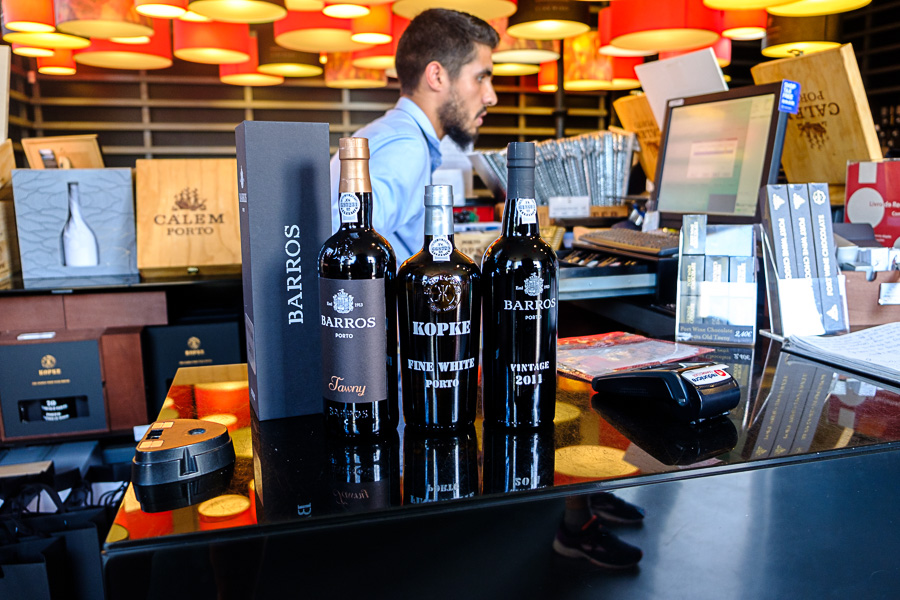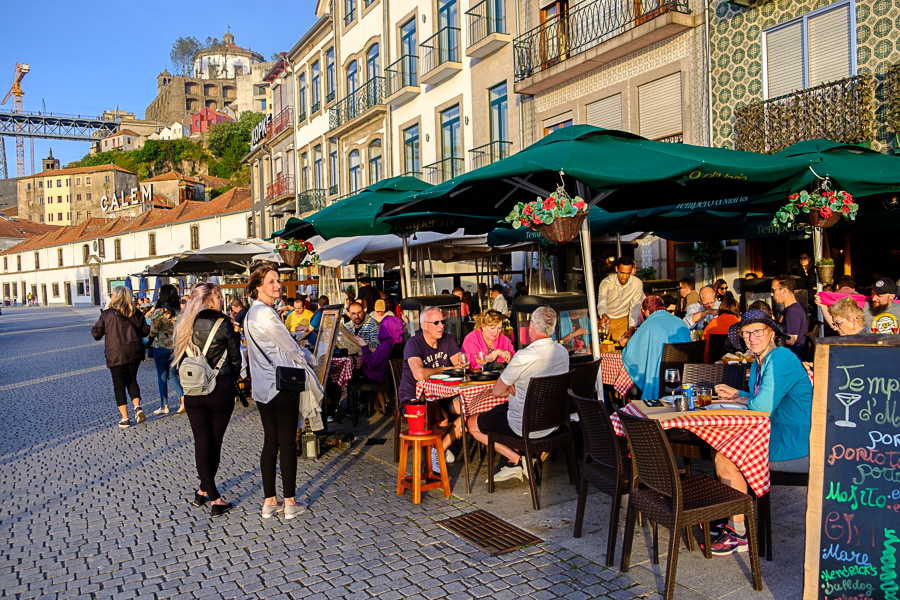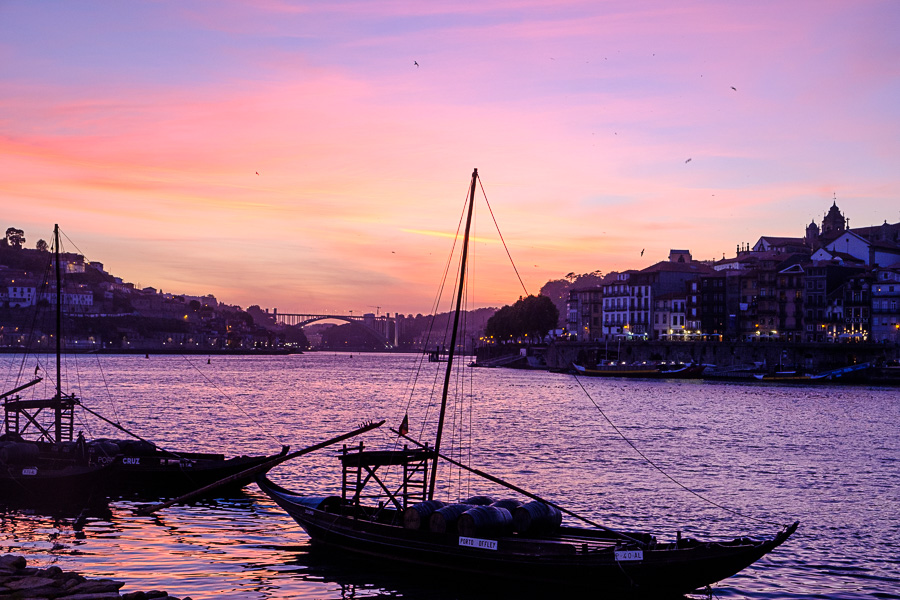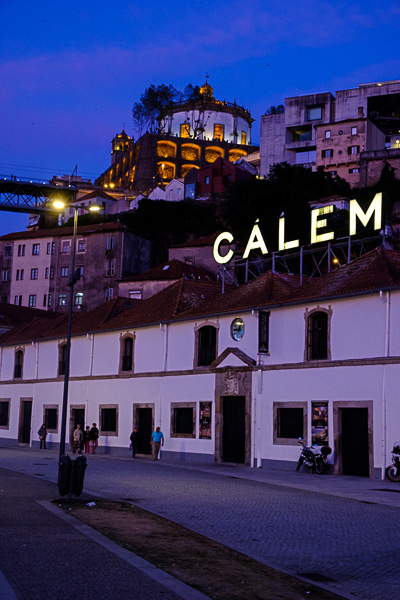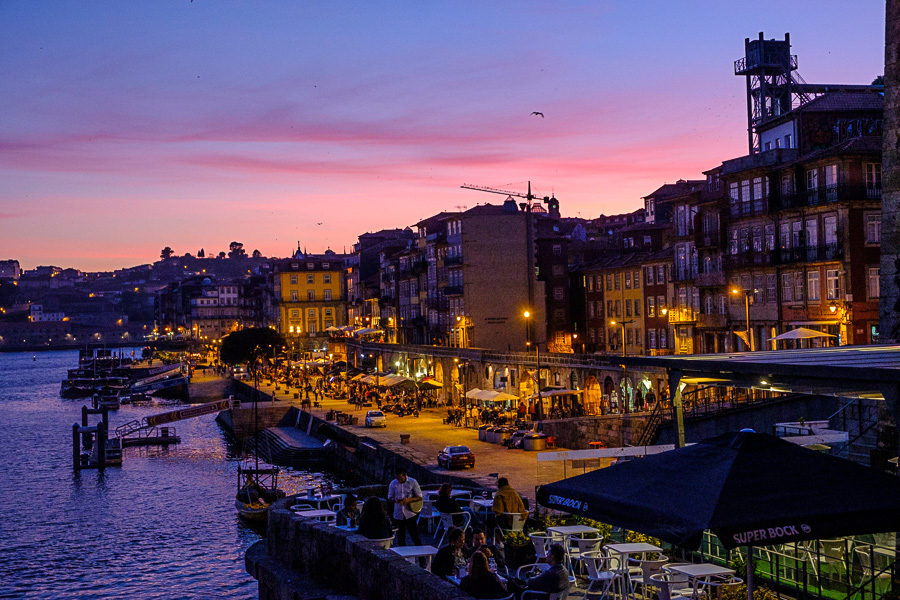I love Portugal! I was very sad to leave it, especially since we were leaving Porto, my favorite city.
In Porto we stayed at a lovely apartment right on the waterfront. It is always challenging to find an apartment because there is no big hotel sign out front. At a market I showed them the address and they pointed across the street and up, then motioned to go around the building. The apartment was complete with a washer and kitchen. So, first thing I did was put in a load of laundry and go back to the market to get water, OJ, and yogurt for breakfast along with cookies. In the morning I sent Jon to the bakery next to the market for pastry.
In the evening we enjoyed a walk across the bridge to the “Wine Spot” in the city, which is along the river. It is here that there are lots of places for port wine tastings. Yes, we stopped at one and enjoyed sitting on the couches, learning about port wine and tasting five different ones. I really liked the two white ones! In fact, every opportunity I had to have port wine in the next day I took and even had Jon buy us a bottle for the trip so we will have to finish it before we get on the plane for Boston.
The next day we went on a “Free Walking Tour” with an emphasis on history. These free walking tours are a very nice way to get a feel for the city. The tour is free but a gratuity to the guide is expected. That evening we took the Uber out to a restaurant and had another excellent meal with a view of the waves coming in from the Atlantic. Thanks to Niece Amy for the suggestion along with telling us to do a port wine tasting!
On our way to Porto we went to two Medieval Castle towns. I really enjoyed walking in the streets from 900 years ago. It is amazing to think of these people walking up and down the hills within the walls of Sortelha . The castles are always at the top of hills for protection and they provide beautiful views of the countryside. I enjoyed seeing the modern wind mills next to the old walls of the castle. Just think of all the changes over those 900 years. There was a cemetery with recent graves showing that the town is still currently used. There were also a few people stopping in at store, so the town is lived in.
The second town was Monsanto. It was larger and being Sunday many of the residents were outside walking the streets with us, eating at the cafe and sitting on the door stoop talking with friends. This was all in this medieval town with the structures of 900 years ago. In this town the castle was up the hill further and we assume if there was danger, they would go up the hill to get inside the walls, where at Sortelha the people lived inside the walls. The castle here was bigger and had a chapel up there too. It was a longer walk up but I was glad I made the trip.
The place we stayed in this area was a Pousada, originally a Convent of Our Lady of Hope made into a very nice hotel. We were on top of a hill looking out into the countryside from our balcony. The gathering places had old stone walls and courtyards. We had a very nice dinner here at the Pousada. It was an enjoyable place to stay and very different from our Lisbon hotel and location.
On our way from Lisbon to Belmonte where the pousada was we stopped at my favorite tourist spot so far. It was the town of Fatima where three girls, ages 10, 9, and 7 had an apparition while tending their sheep. “A Lady more brilliant than the sun” told them to return to the same place the same day, the 13th, for five months. They did so and the Lady came to them each time. One month she told them the cousins would die and they did die in the flu epidemic of 1918. One month the apparition took place on the 19th at their home because on the 13th the children had been carried off by the local administrator.
The last month they were told she was the “Lady of the Rosary” and that a chapel was to be built in her honor at that place. Hence the chapels and Basilica were built, and people began making a pilgrimage to this place. What made this so special for me was the story and watching the people making the pilgrimage. People were walking on their knees on a very long pathway. They also had fires, instead of lighting a candle they threw the whole candle in the fire. There was a mass going on in two of the chapels. We also enjoyed a nice walk through the park to the home of Lucia. It was really an inspiring day to watch the pilgrimage and learn of the story of Lucia and her cousins.
Things I enjoyed the most about Lisbon were the food, street entertainers, the Fado music and the location of our hotel, right on Pedro IV Square. The food all over Portugal was wonderful but our favorite restaurant was the oldest restaurant in Lisbon. The food was wonderful and the service spectacular. We decided on two different fish dishes and mentioned we could share them both. The waiter said no problem and the next thing we knew the first dish arrived and at a side table he split the meal onto two plates. When we had finished that one the second came out hot and on two plates. We were served by three wonderful personable waiters and we enjoyed the evening immensely. The best meal so far.
Our first day we took a nice free walking tour of the city and I really enjoyed the guide who was very energetic and fun to listen to. In the evening we took a tour to learn about Fado music, which is a typical Portuguese style of music. We were told that there are as many as 40 – 50 stories that are told to one melody. These stories are sentimental and romantic stories. The singer just tells the musician what tune to play and sings the story they want. Tapas and wine were served, and it was a very enjoyable, relaxing first night in Portugal.
As I said at the beginning, I have really enjoyed the time in Portugal. The food and lodgings have all been wonderful! Oh yes, and I do like port wine as well as green wine. Something new to add to my drinking habits.

